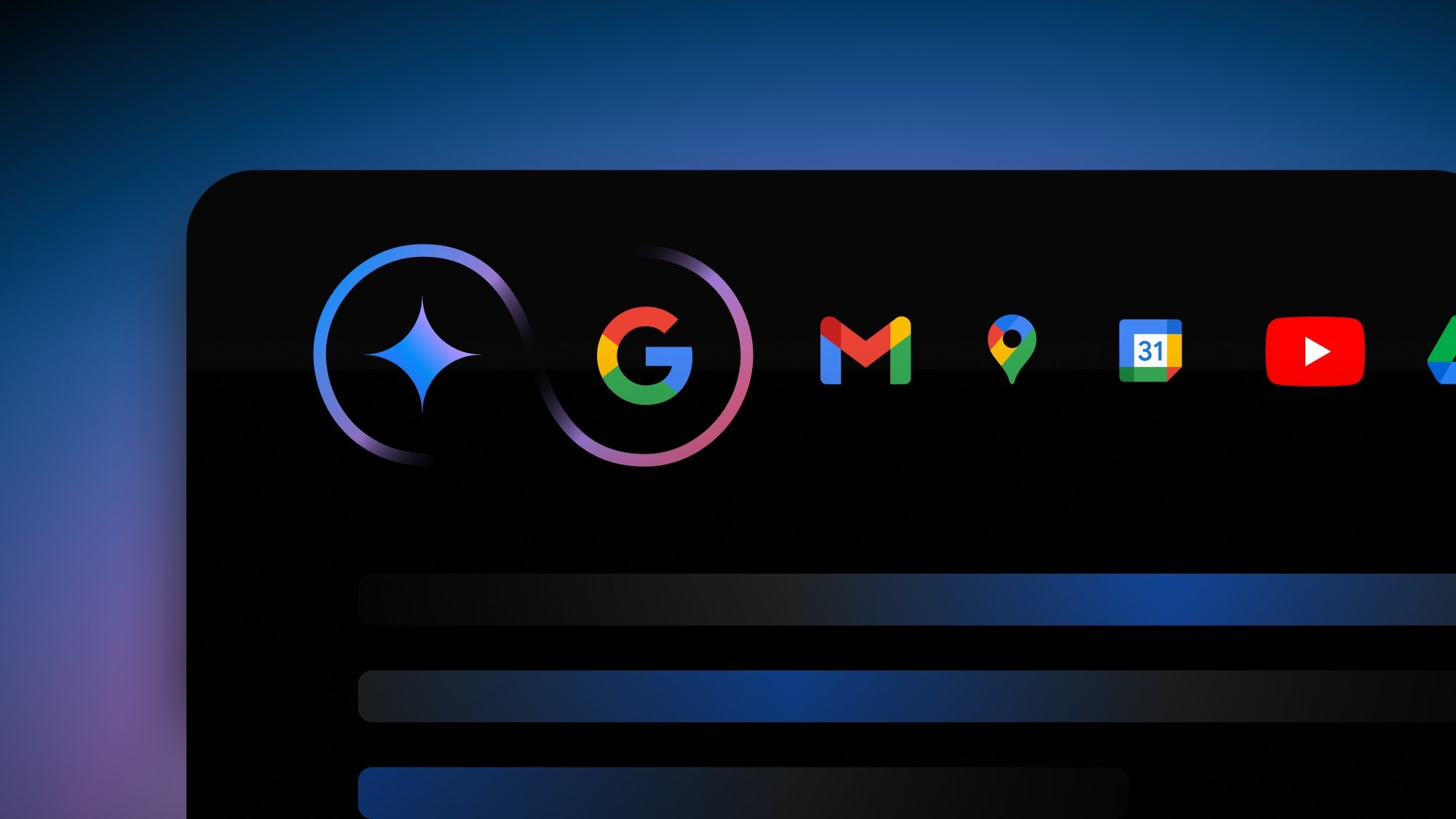I tested the Galaxy S25 Edge camera, here's what's good and bad
The Galaxy S25 Edge has two cameras that can both delight and frustrate

The new Galaxy S25 Edge is the thinnest current smartphone you can buy, but that thinness comes at a price. As I discovered in our Galaxy S25 Edge review, Samsung’s new smartphone offers a lot but struggles in battery life, and in particular, the camera.
These struggles are mainly due to the lack of space. Periscope cameras like the ones found in the Galaxy S25 Ultra require a lot of space, and as the Galaxy S25 Edge has 33% less volumetric space, it comes with some tradeoffs. One of these is the choice of camera, with Samsung opting for a 200MP primary sensor and a 12MP ultrawide combination.
In my review, I concluded that the Galaxy S25 Edge isn’t worth buying if you want the best smartphone camera, but how good is it overall? Let’s take an in-depth look at what this phone camera can do.
Samsung Galaxy S25 Edge camera: Specs compared
The Galaxy S25 Edge is designed to offer a combination of the Galaxy S25 Ultra and Galaxy S25 Plus in a slimmer body. It’s familiar, yet distinctly different, but how does its camera compare to its key siblings?
| Header Cell - Column 0 | Galaxy S25 Edge | Galaxy S25 Ultra | Galaxy S25 Plus |
|---|---|---|---|
Primary Camera | 200MP, f/1.7, 24mm, 0.6µm, PDAF, OIS | 200MP, f/1.7, 24mm, 0.6µm, PDAF, OIS | 50MP, f/1.8, 24mm, 1.0µm, PDAF, OIS |
Ultrawide Camera | 12MP, f/2.2, 13mm, 1.4µm, PDAF | 50MP, f/1.9, 120°, 0.7µm, PDAF | 12MP, f/2.2, 13mm, 1.4µm, PDAF |
Telephoto 1 | - | 10MP, f/2.4, 67mm, 1.12µm, PDAF, OIS 3x optical zoom | 10MP, f/2.4, 67mm, 1.12µm, PDAF, OIS 3x optical zoom |
Telephoto 2 | - | 50MP, f/3.4, 111mm, 0.7µm, PDAF, OIS 5x optical zoom | Row 3 - Cell 3 |
Selfie camera | 12MP, f/2.2, 26mm, 1.12µm, PDAF | 12MP, f/2.2, 26mm, 1.12µm, PDAF | 12MP, f/2.2, 26mm, 1.12µm, PDAF |
While there are some differences in sensor size, the S25 Edge essentially combines the 200MP primary camera from the S25 Ultra with the 12MP ultrawide from the Galaxy S25 Plus.
Is this camera any good? Do you need a telephoto lens? Let’s dive into it further.
Samsung Galaxy S25 Edge camera: Daytime
If you want the camera from the Galaxy S25 Ultra without the associated bulk, look no further than the S25 Edge. It’s no real surprise that the primary camera takes virtually identical photos to the Galaxy S25 Ultra, given it’s essentially the same hardware and software.
Get the latest news from Android Central, your trusted companion in the world of Android
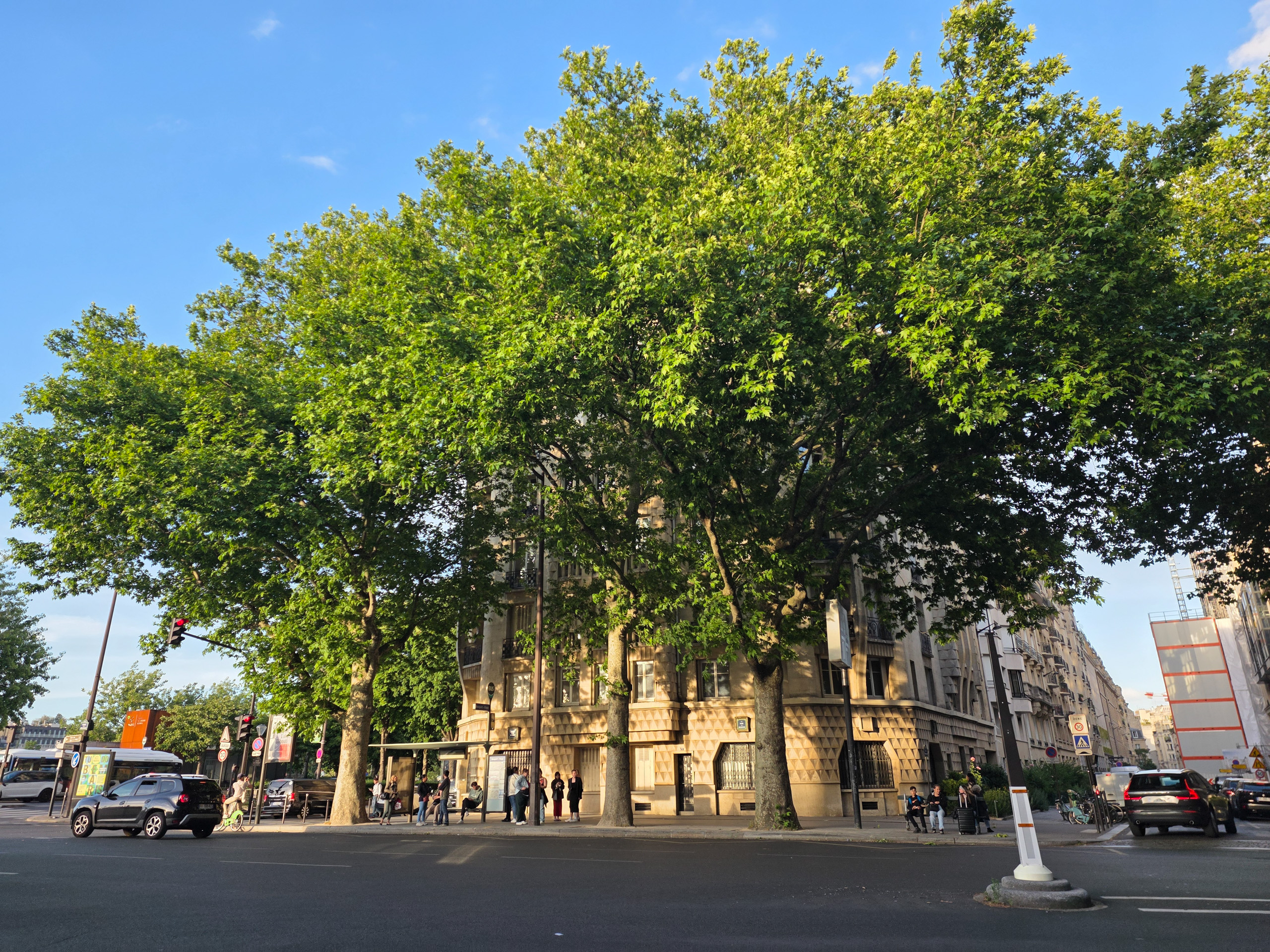
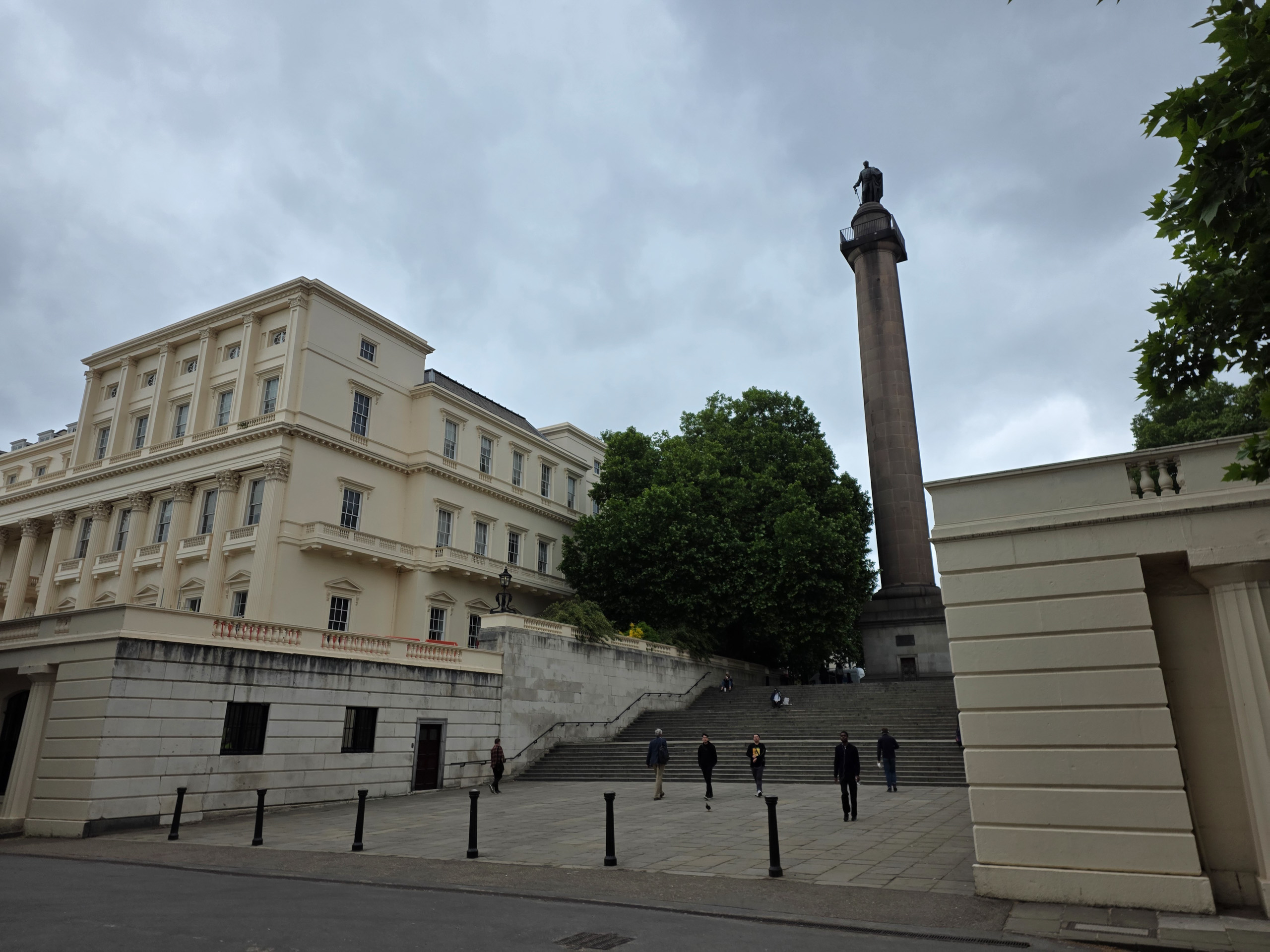
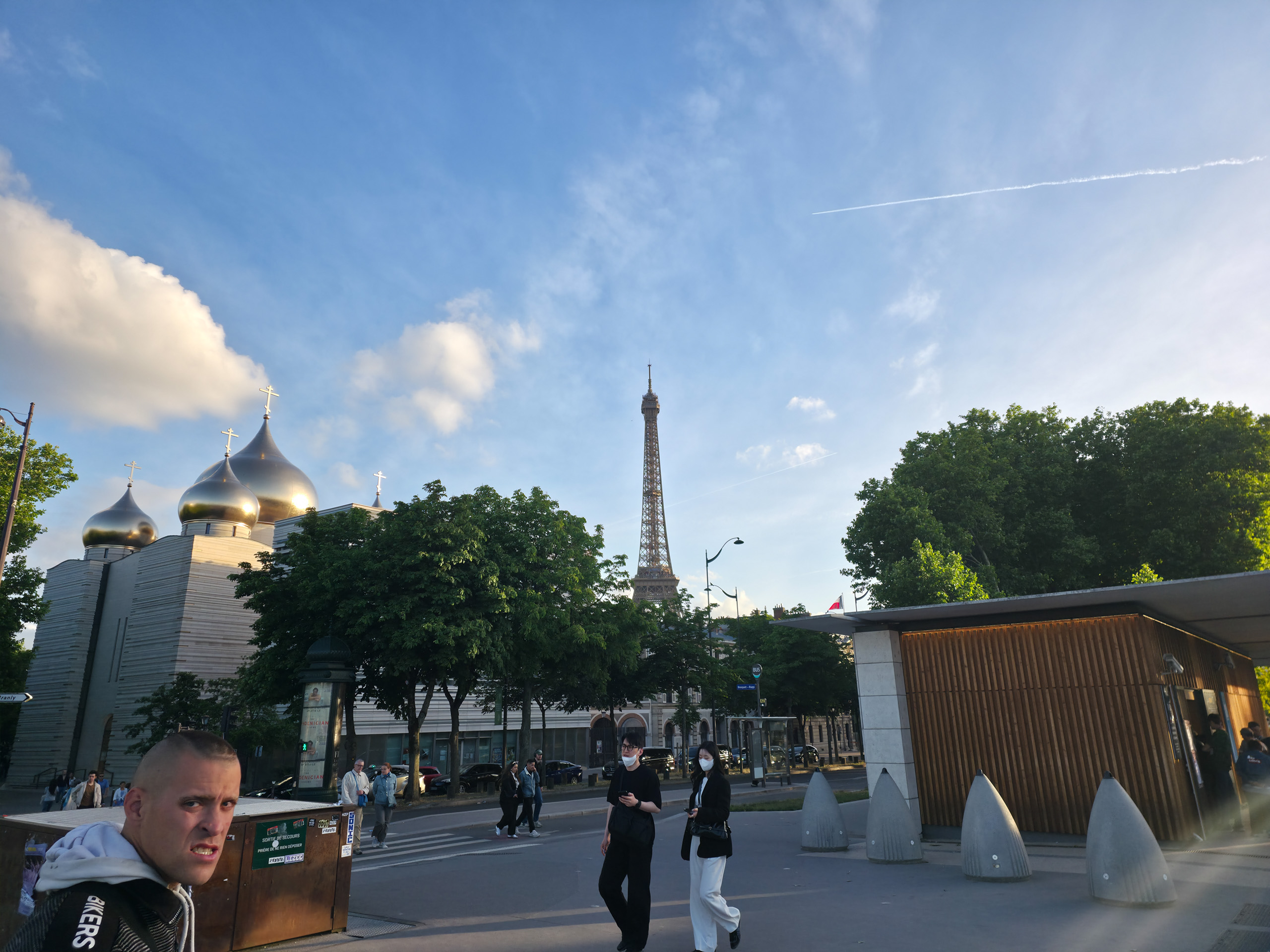
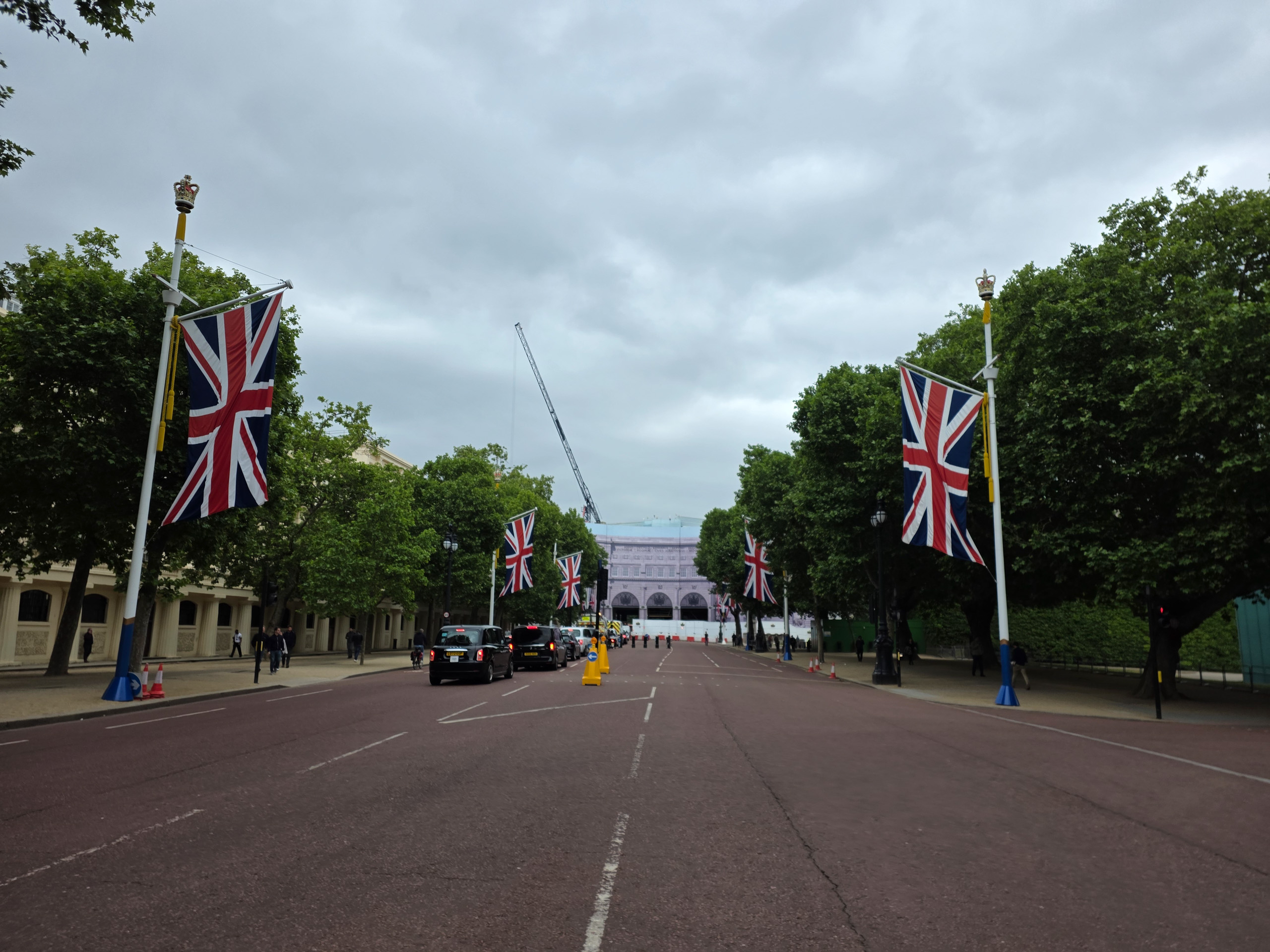
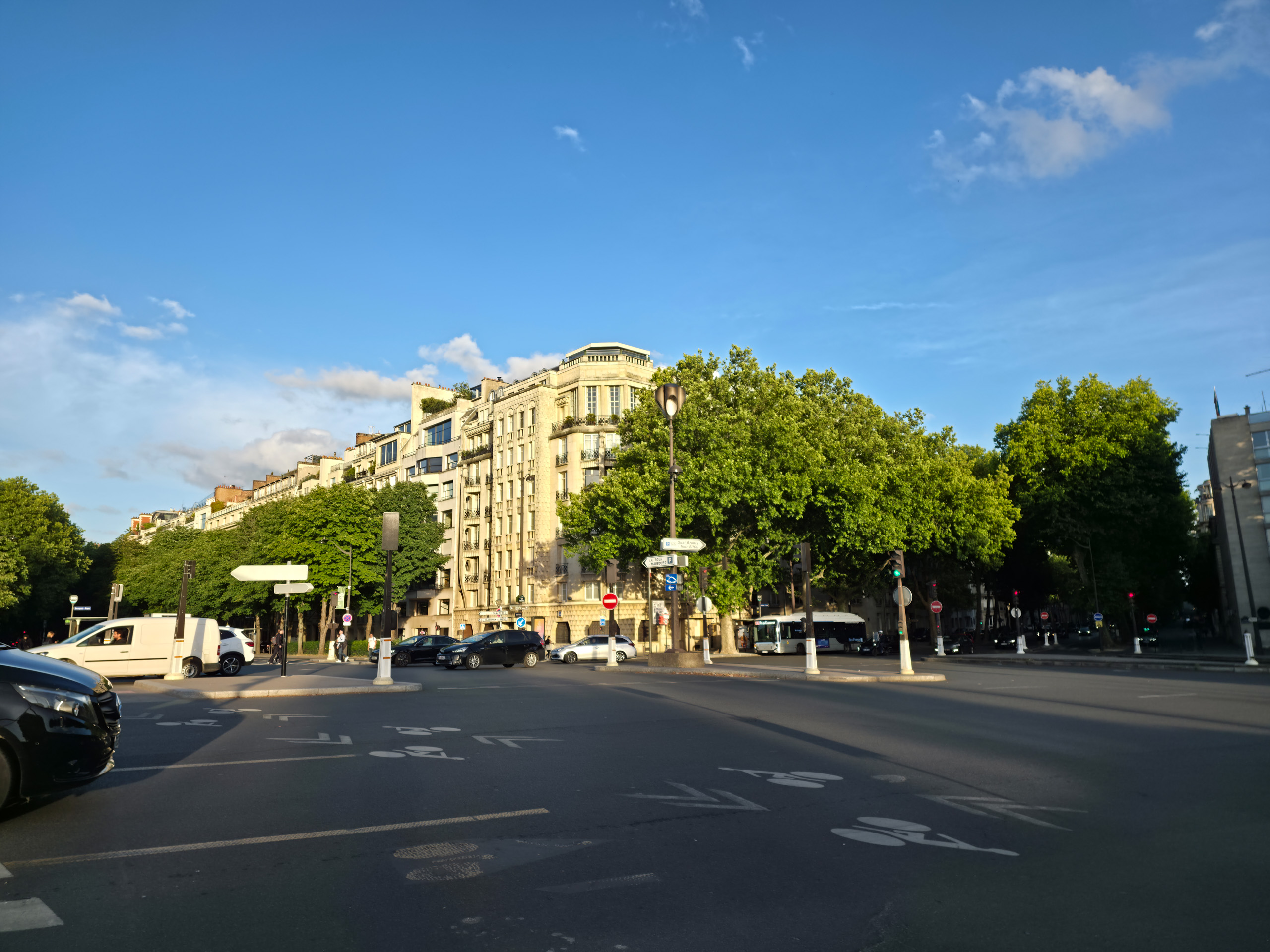
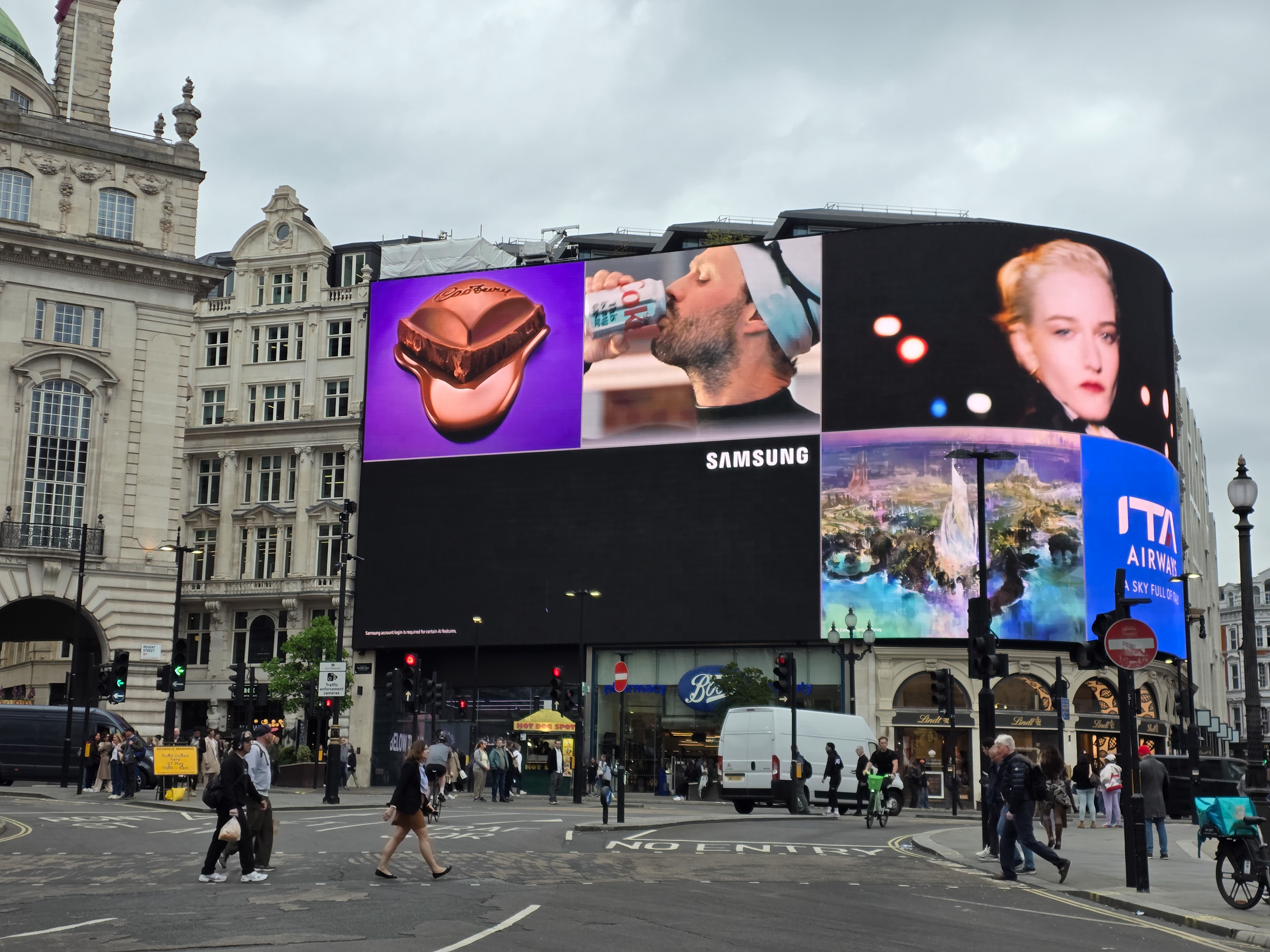
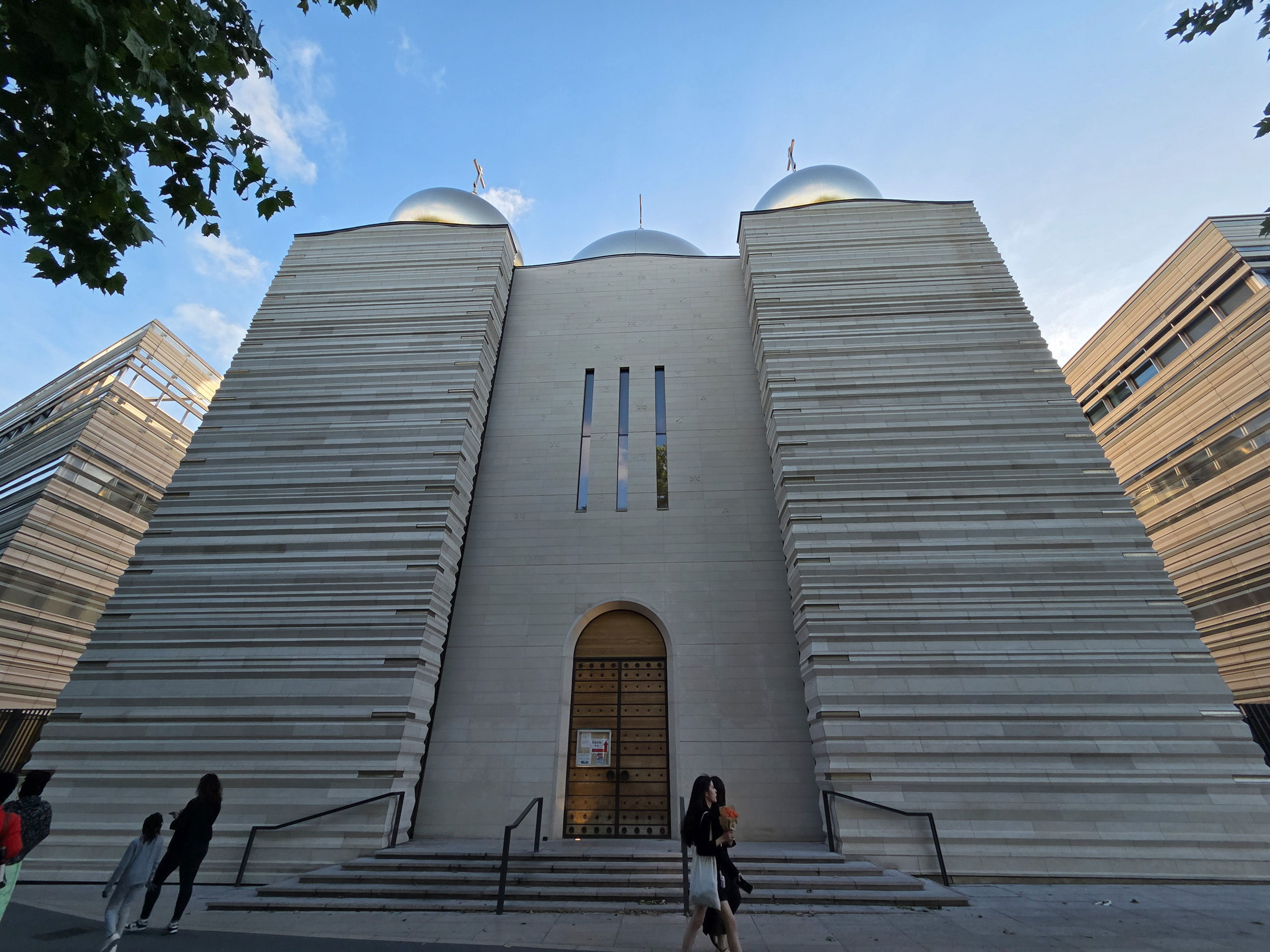
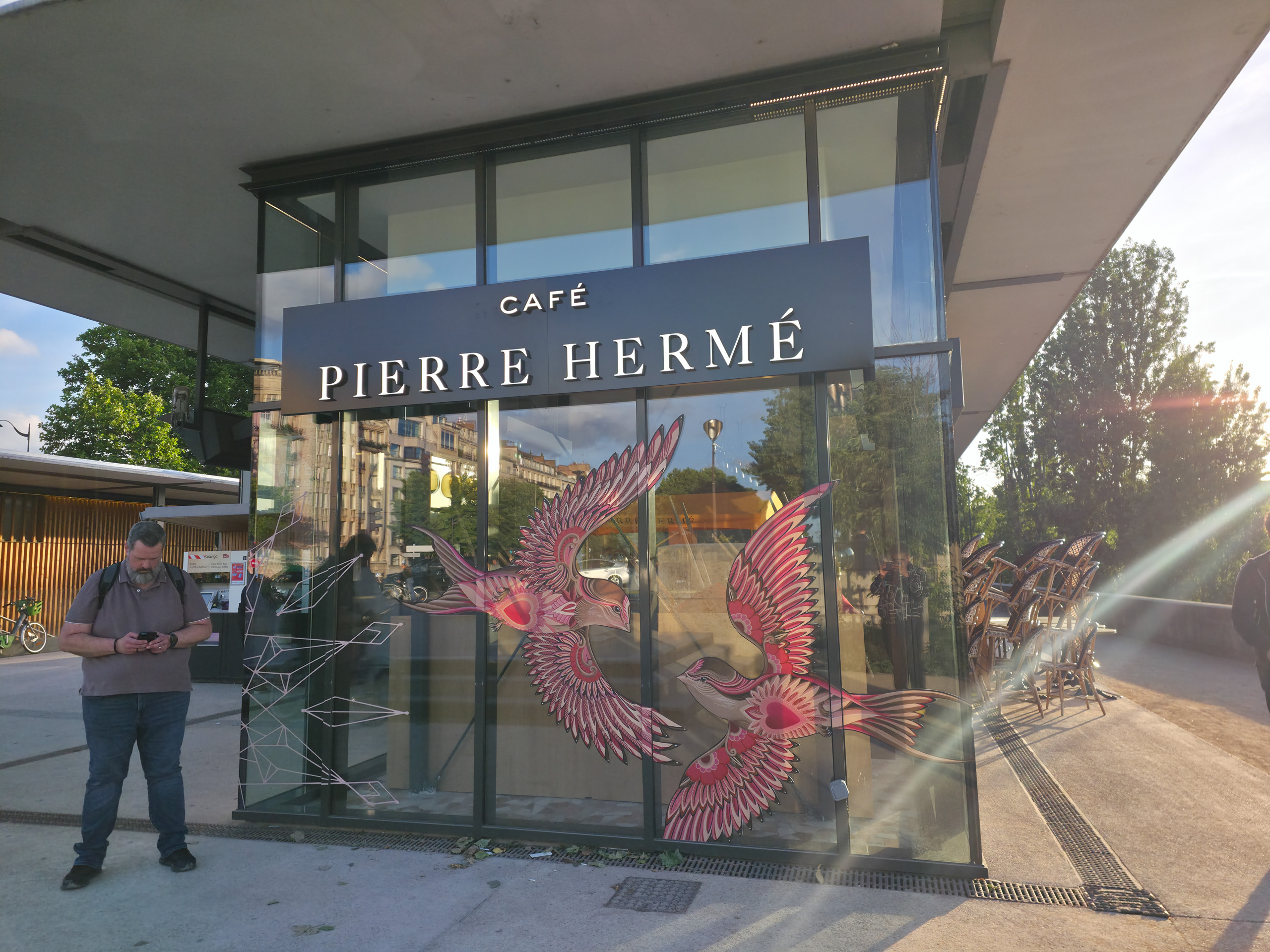
The Galaxy S25 Edge primary camera offers accurate color temperature, excellent detail, and wide dynamic range. It utilizes the same post-processing of photos as other Samsung phones, resulting in slightly saturated images that pop most when viewed on a phone display.
If you want a camera that can take great photos for social media, the primary camera ticks the box, unless you’re in low-light conditions.
Samsung Galaxy S25 Edge camera: Low light
This is where the Galaxy S25 Edge falls considerably short of expectations. Most flagship phones can handle low-light conditions fairly well, but the Galaxy S25 Edge is inconsistent and often produces soft, rather noisy photos.
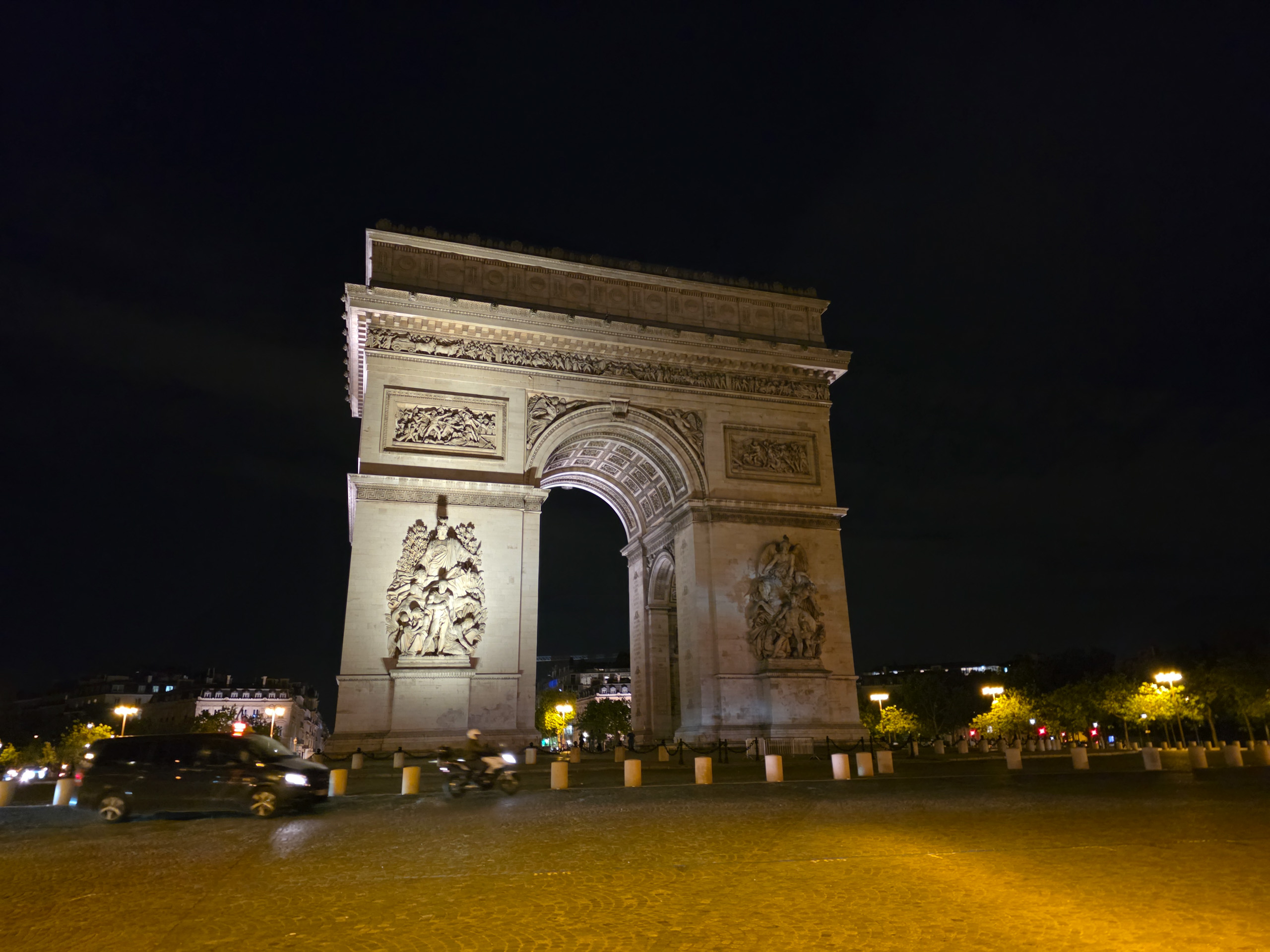


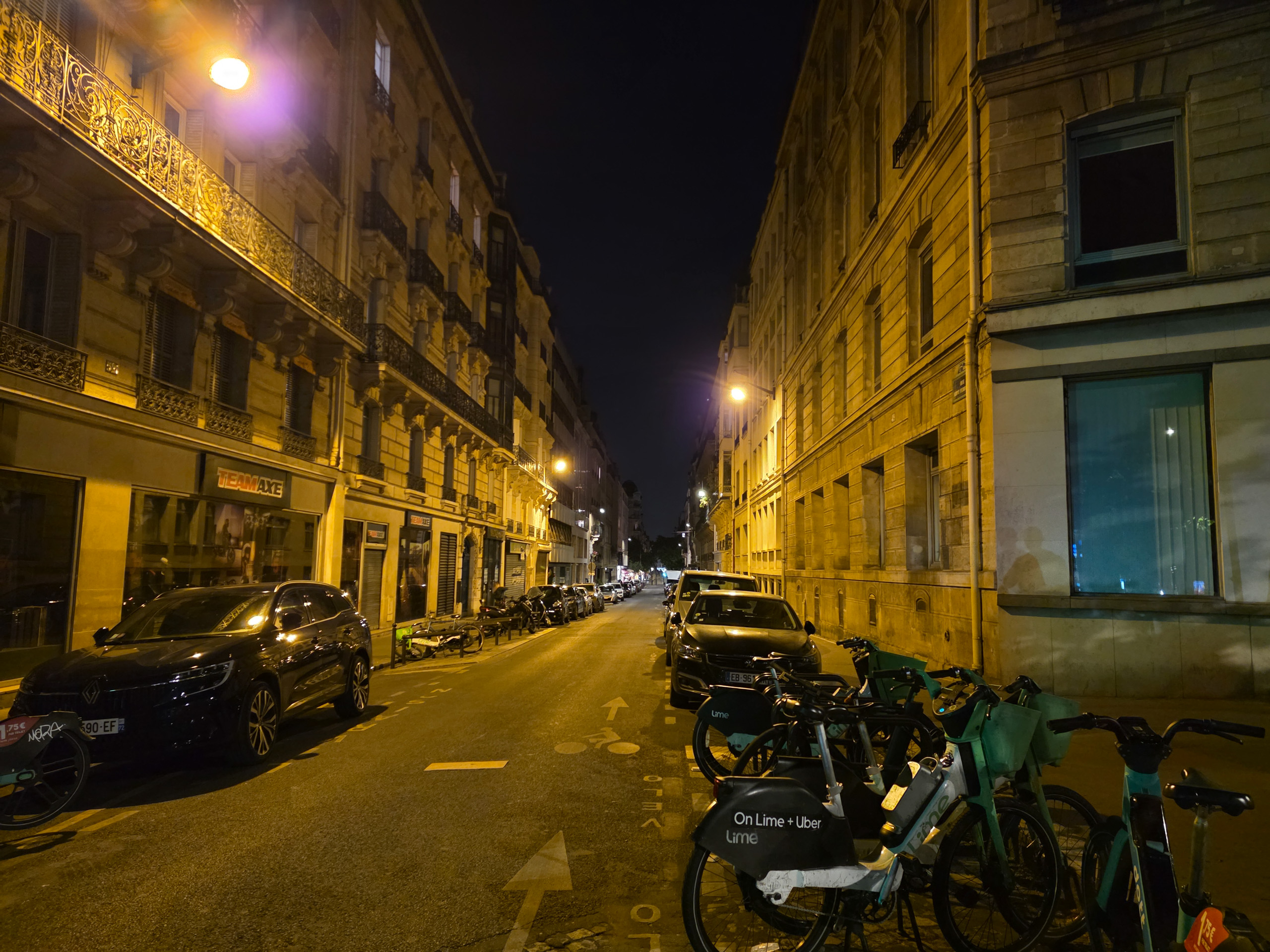
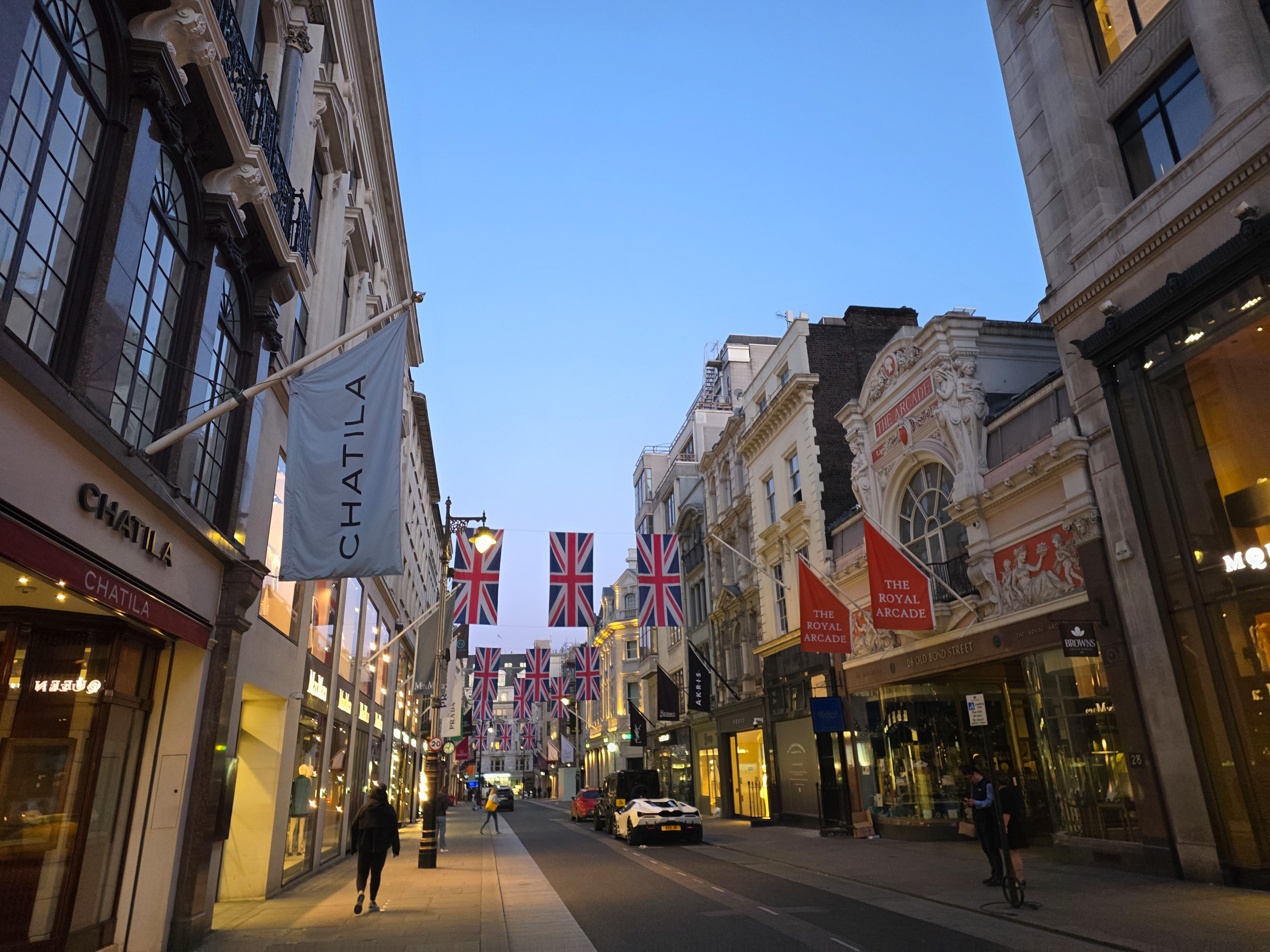
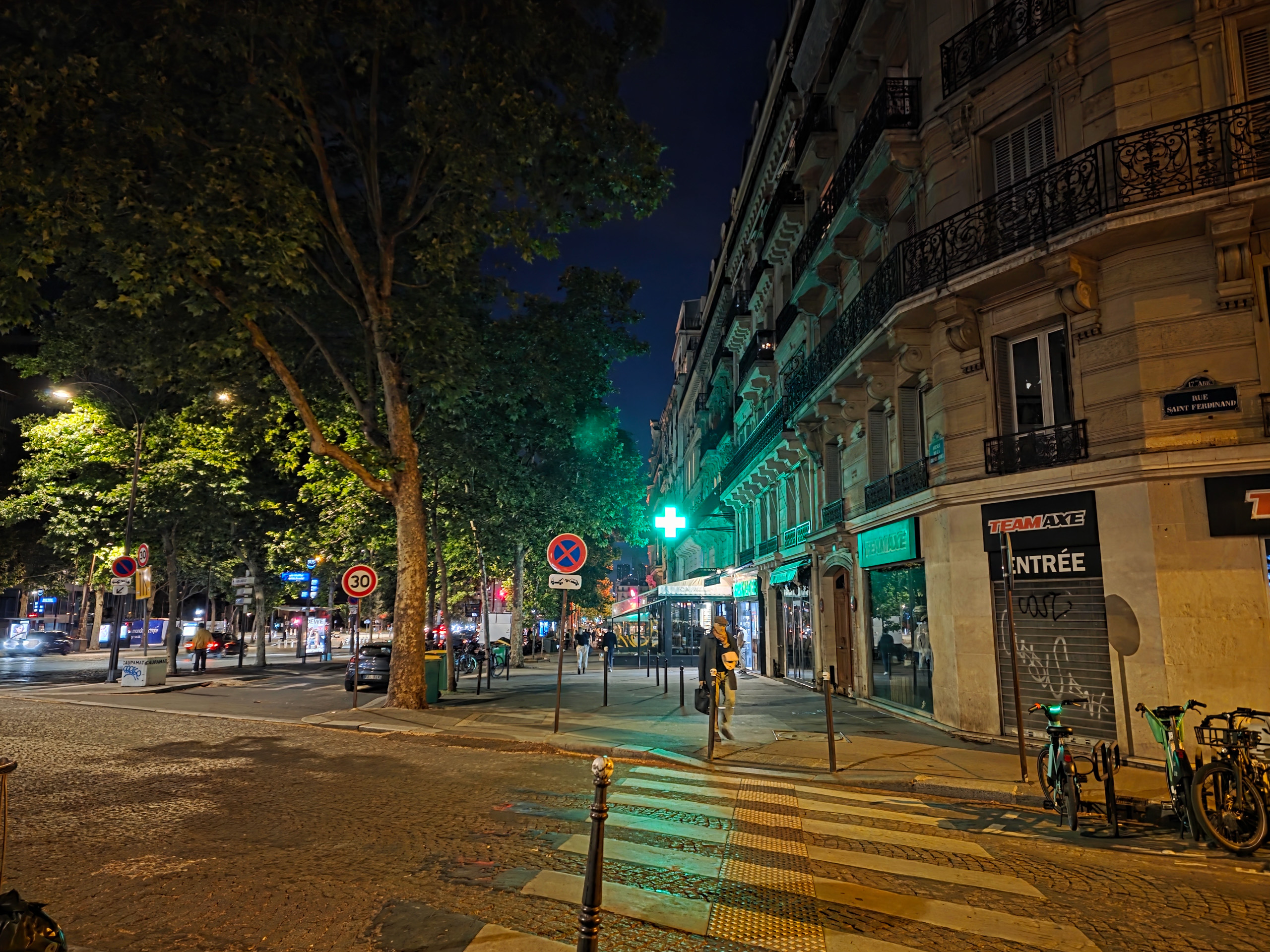
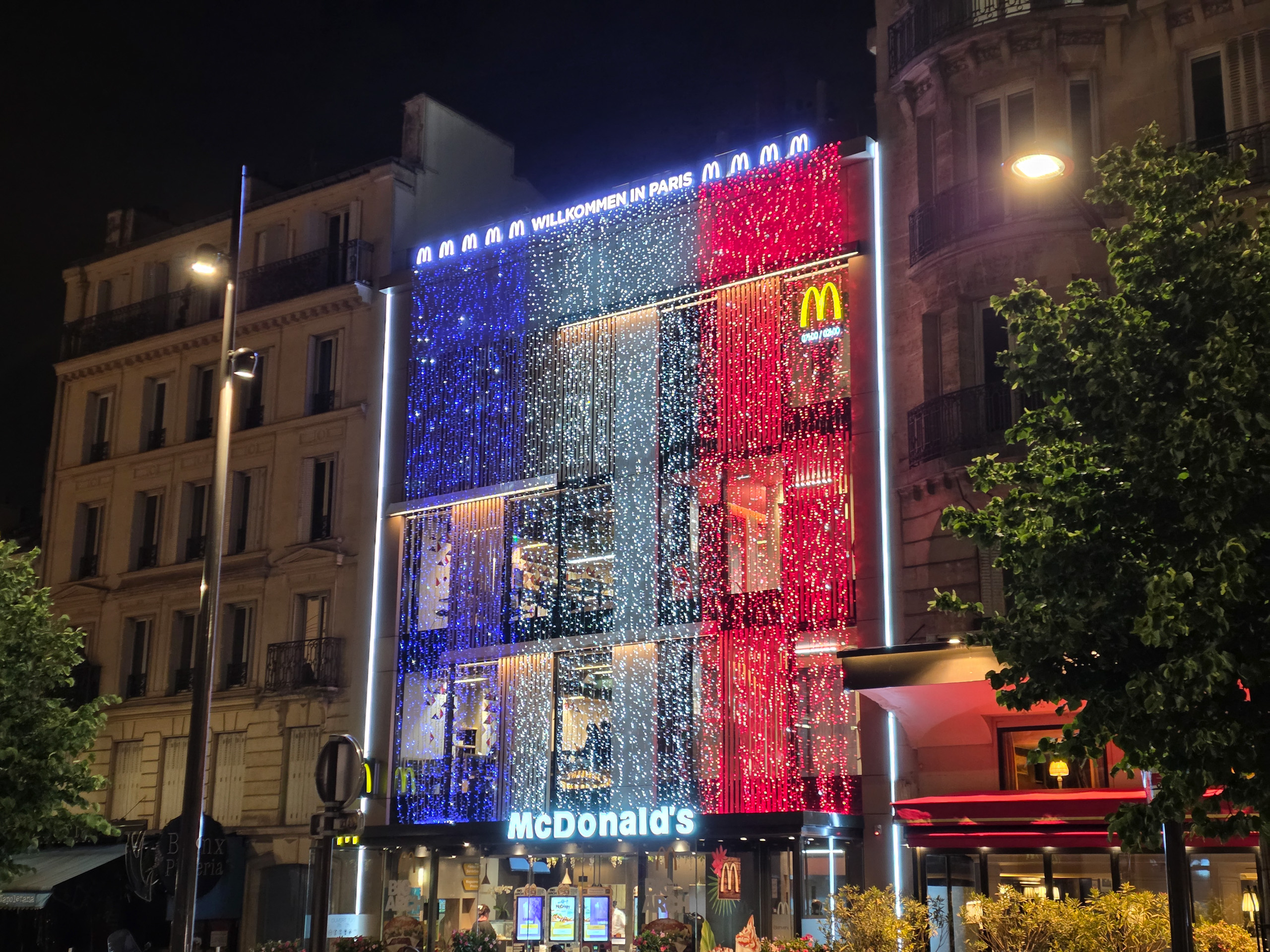
The color reproduction and color temperature are fairly accurate, and although the camera occasionally overcompensates for highlights and shadows, it is generally fairly accurate. I’ve also noticed some challenges with OIS, which isn’t as effective as Samsung’s other phones in low light.
Unfortunately, the Galaxy S25 Edge doesn’t always enable the dedicated Night mode, but when enabled, it does address some of the key issues. The Galaxy S25 Edge isn’t designed to have the best camera, but it does seem to be less capable in low light than the Galaxy S25 Ultra.
Samsung Galaxy S25 Edge camera: Food
One of the most common post types on social media is related to food, and there’s an expectation that your phone can take great photos of pretty food even in dimly lit restaurants. In an Indian restaurant in Paris, the Galaxy S25 Edge took photos that look great at a distance, but quickly become grainy or blurry when you zoom into them.
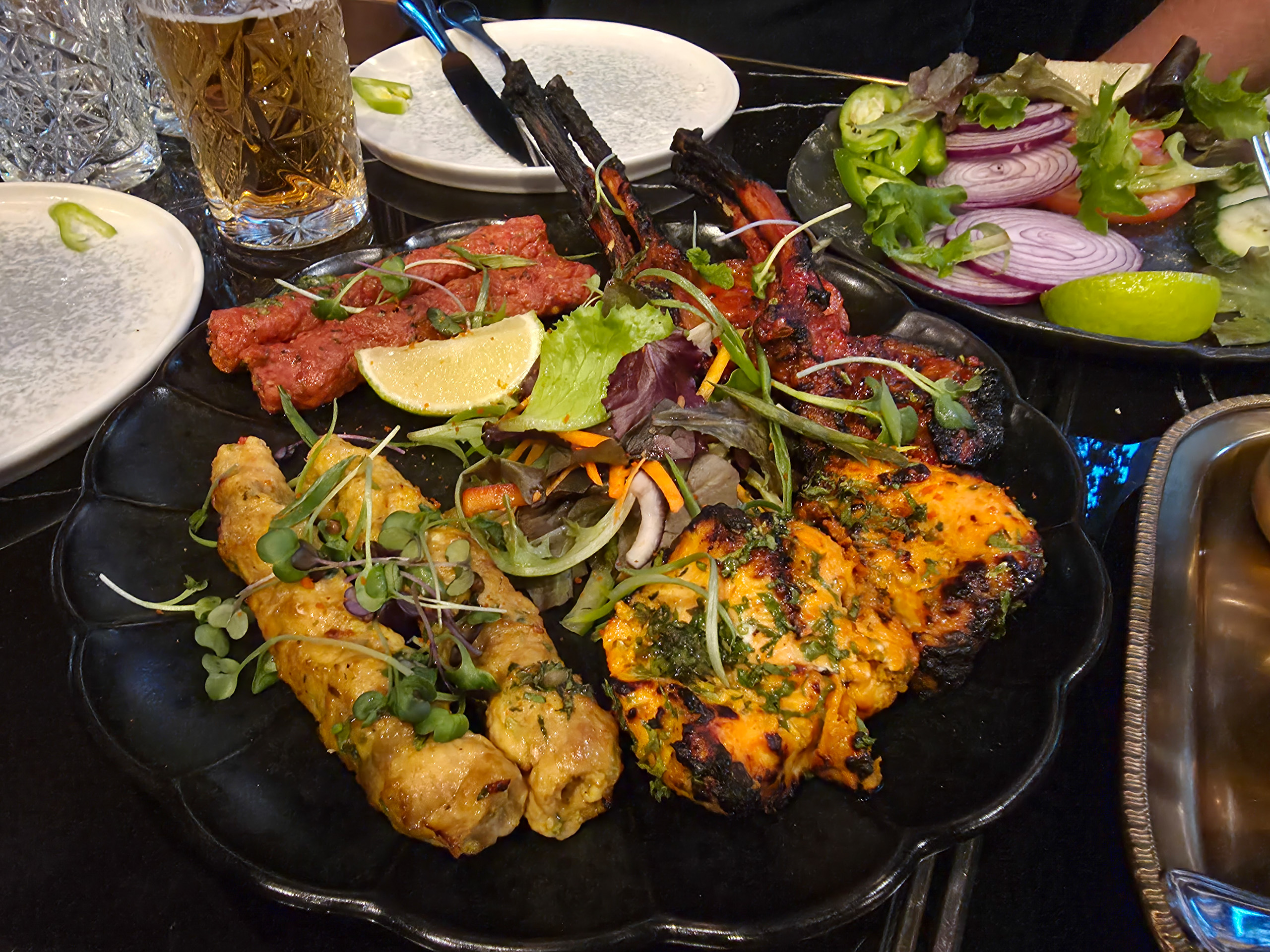
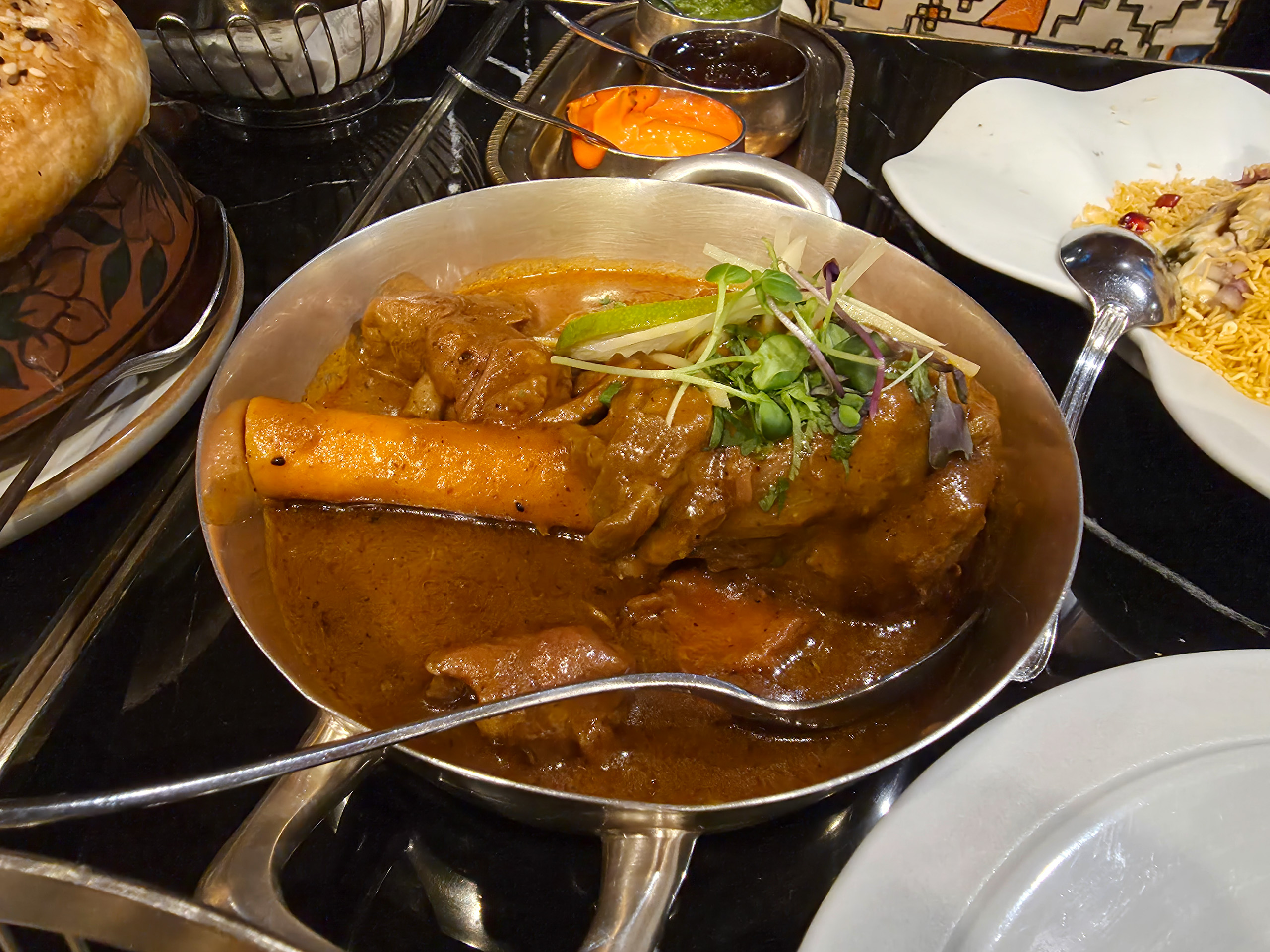


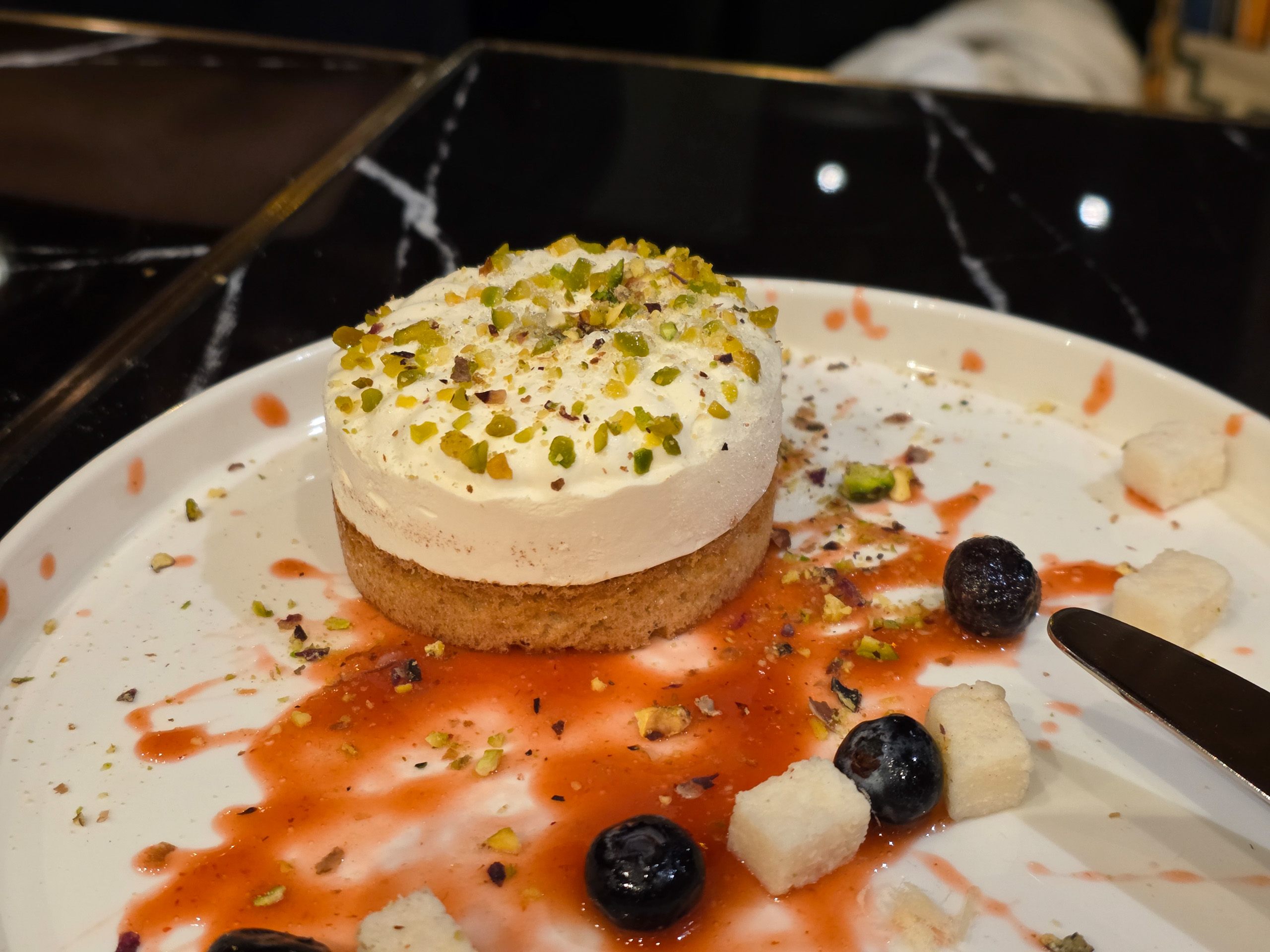
Will the Galaxy S25 Edge beat other phone cameras when it comes to taking photos of food? In great lighting, it is capable of capturing great images, but given that most restaurants have challenging lighting for photography, it doesn’t impress as much as you might hope.
Samsung Galaxy S25 Edge camera: Zoom
The biggest challenge with the Galaxy S25 Edge's camera is its limited zoom capabilities. Samsung offers a 2x crop in most modes (except for Portrait mode), which is an in-sensor crop. Additionally, it utilizes a hybrid of digital zoom and AI enhancements to enable a 10x zoom.
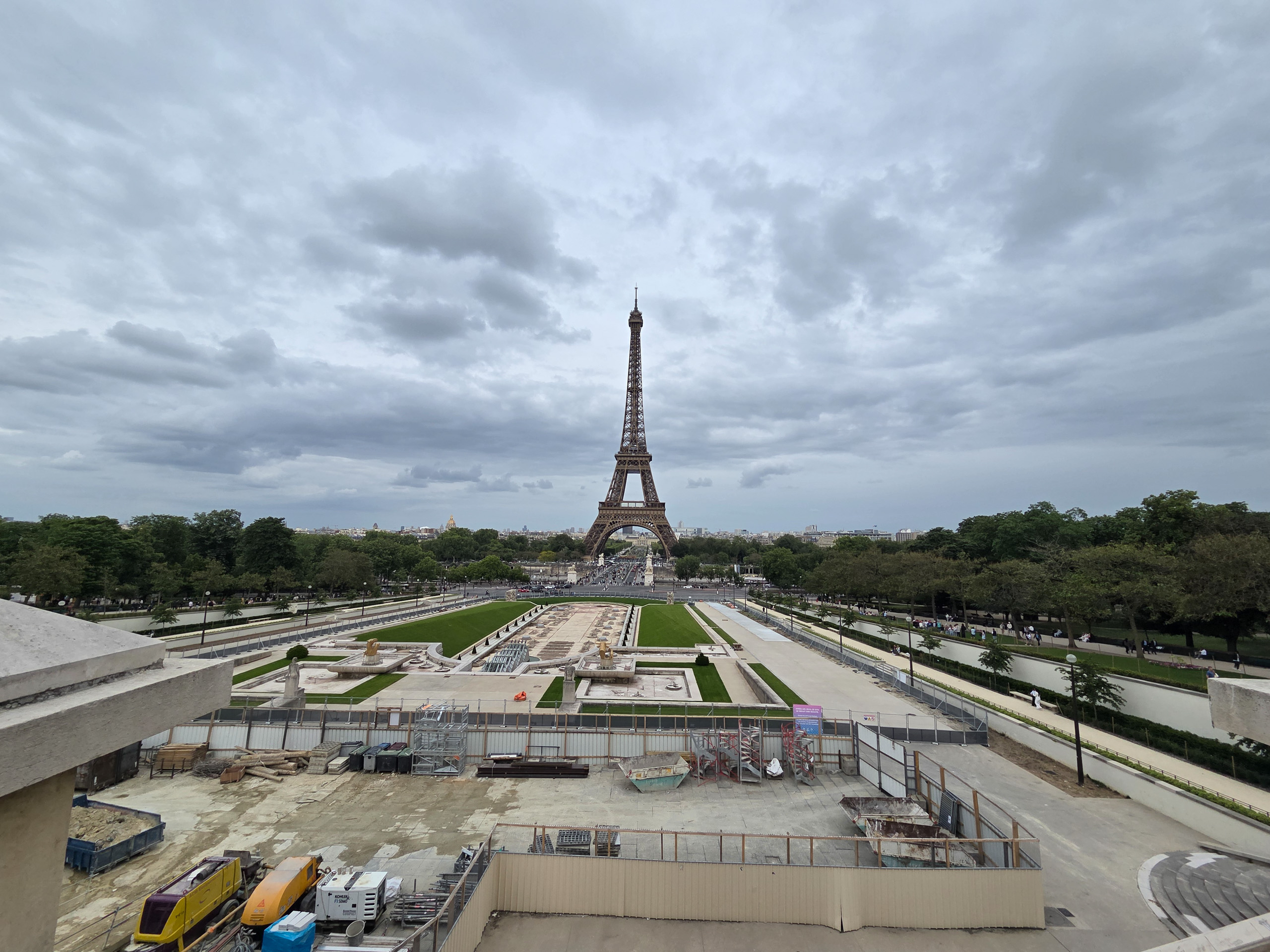
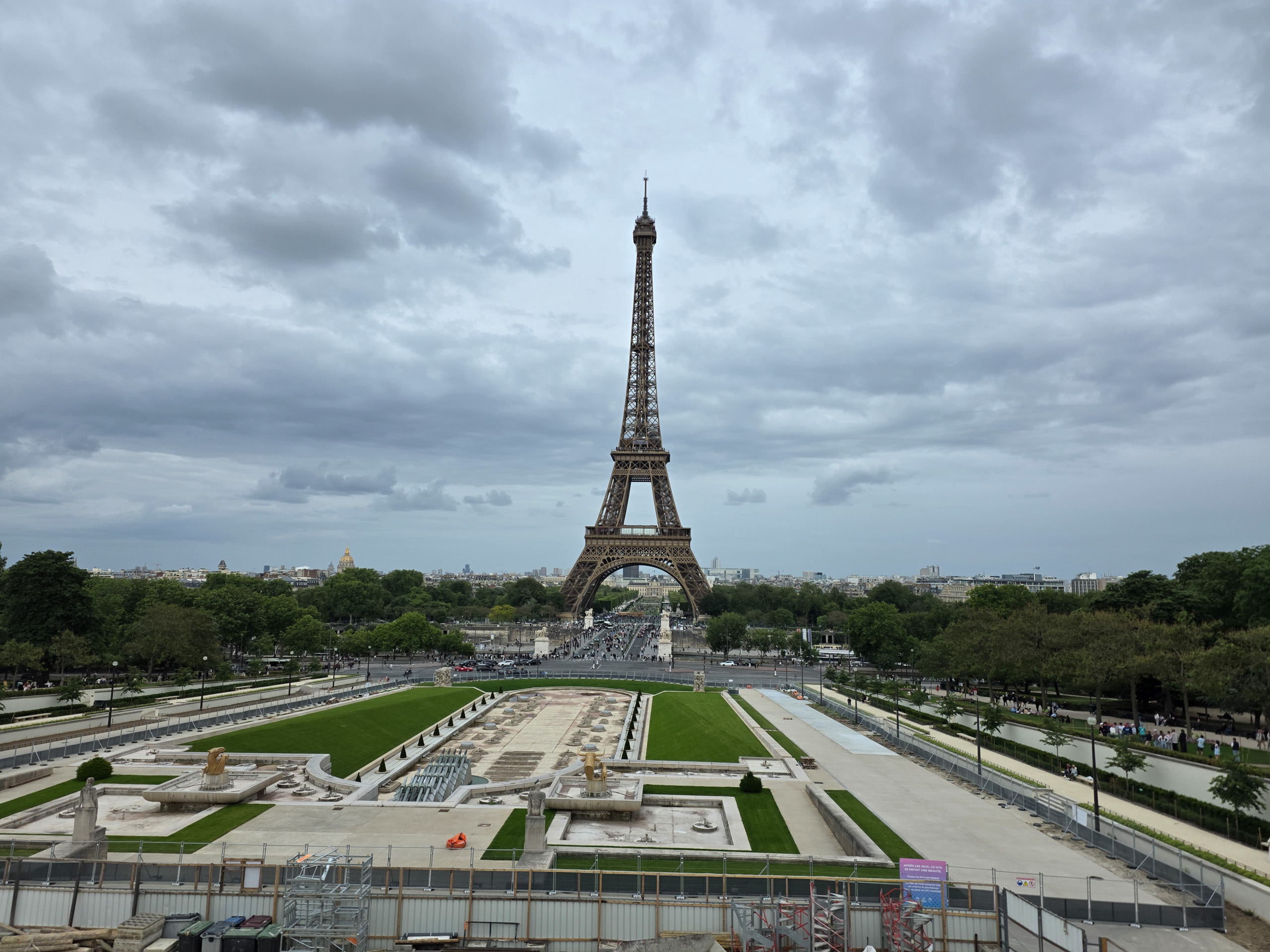
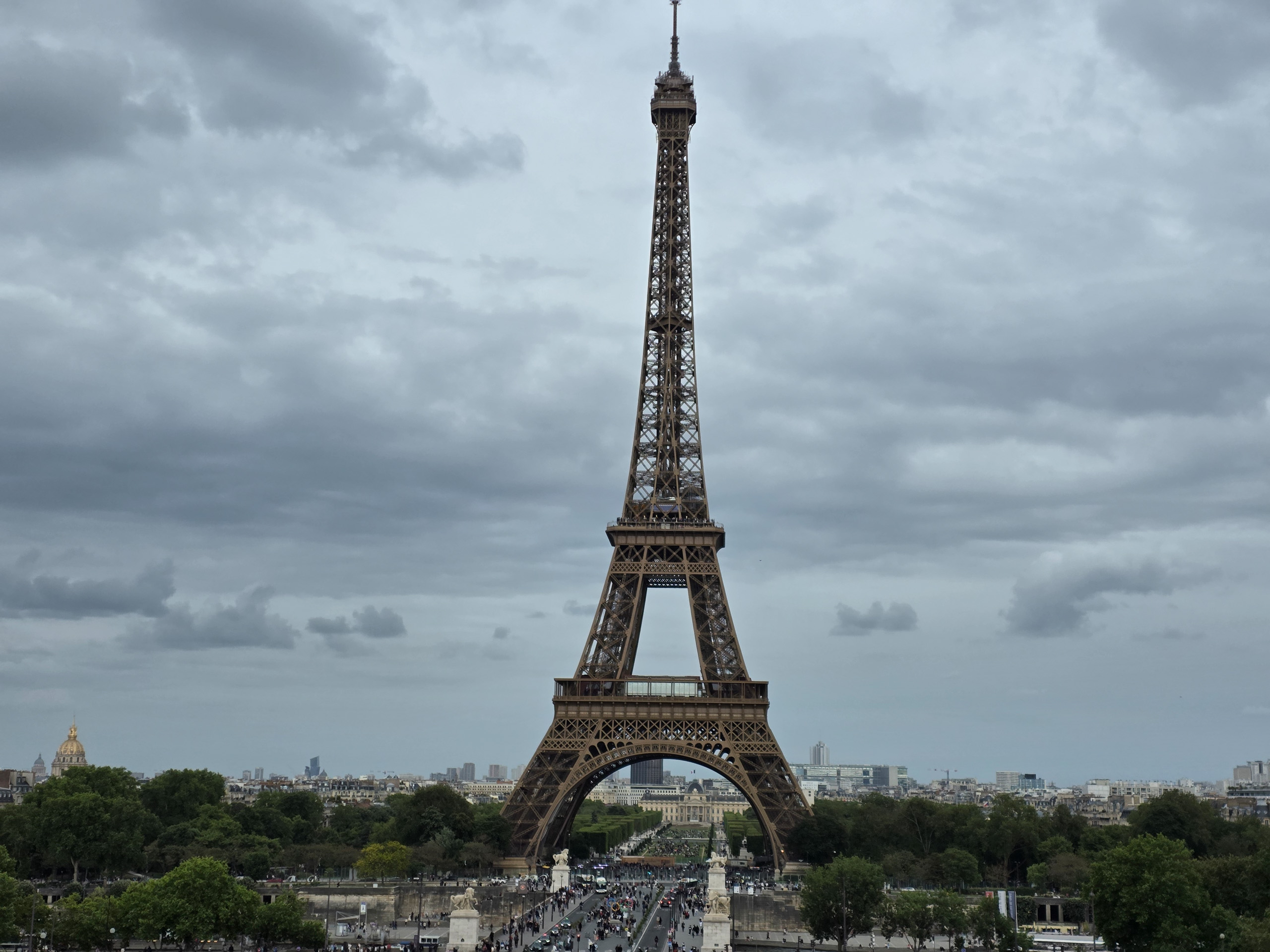

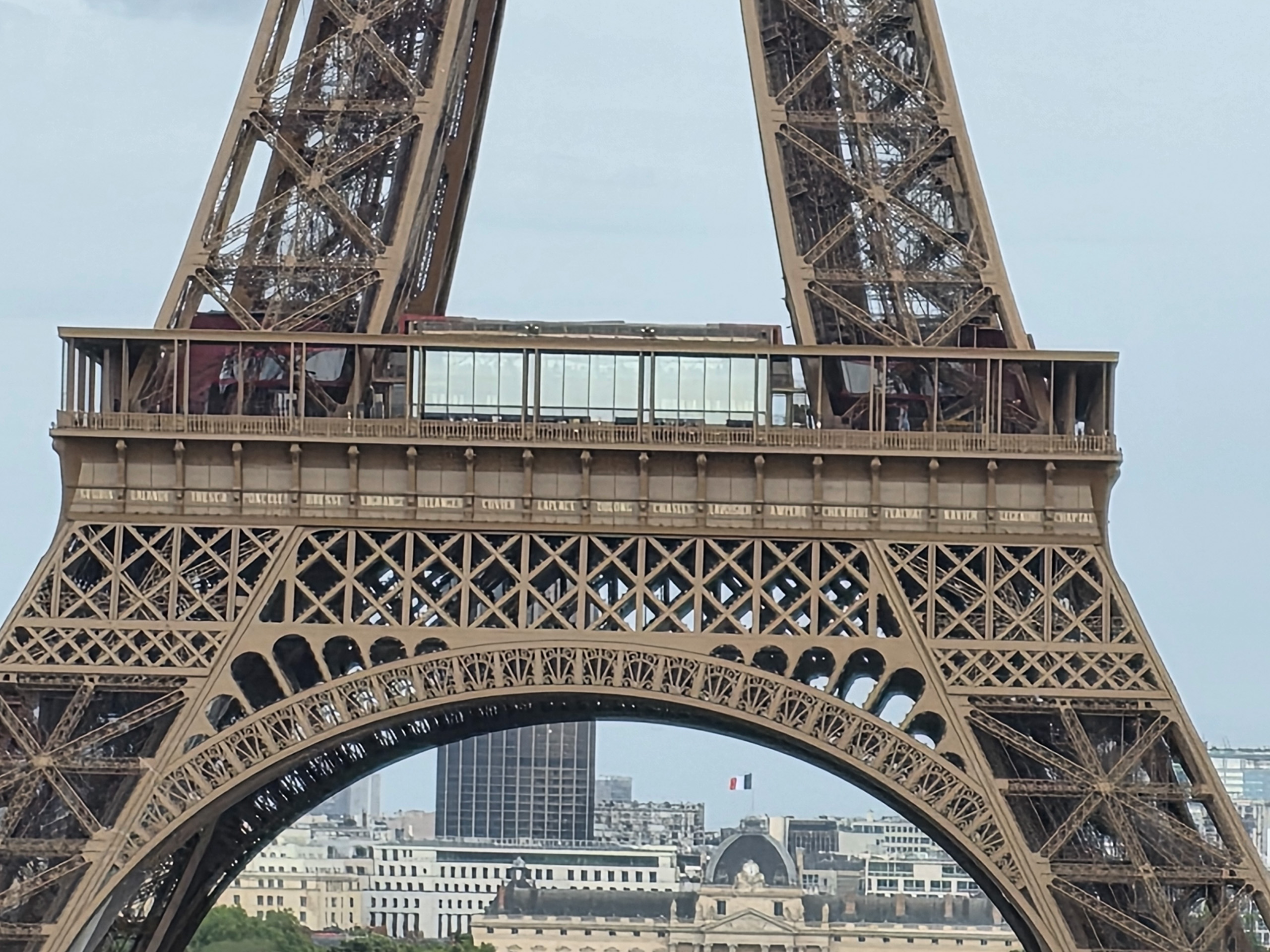
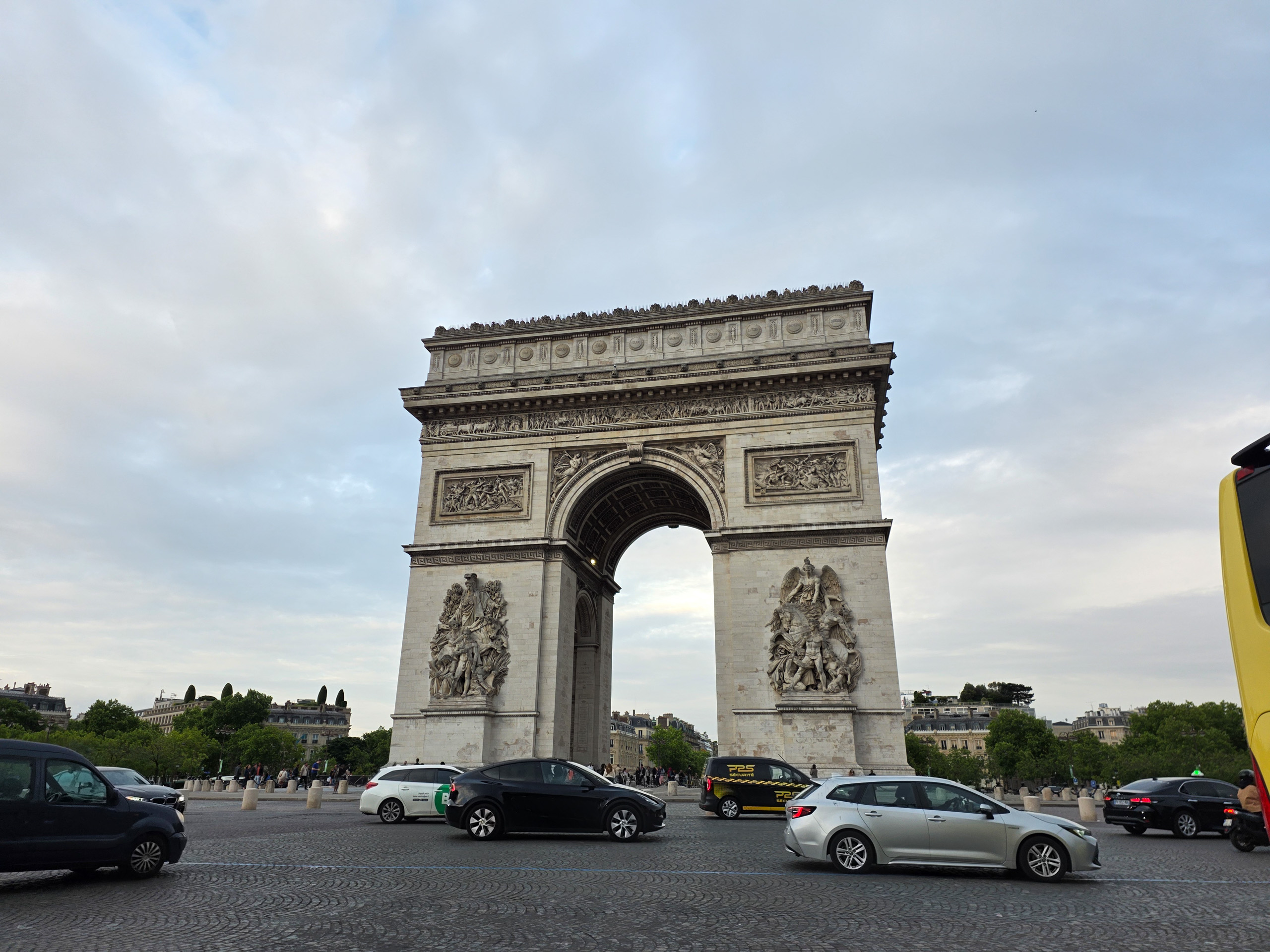
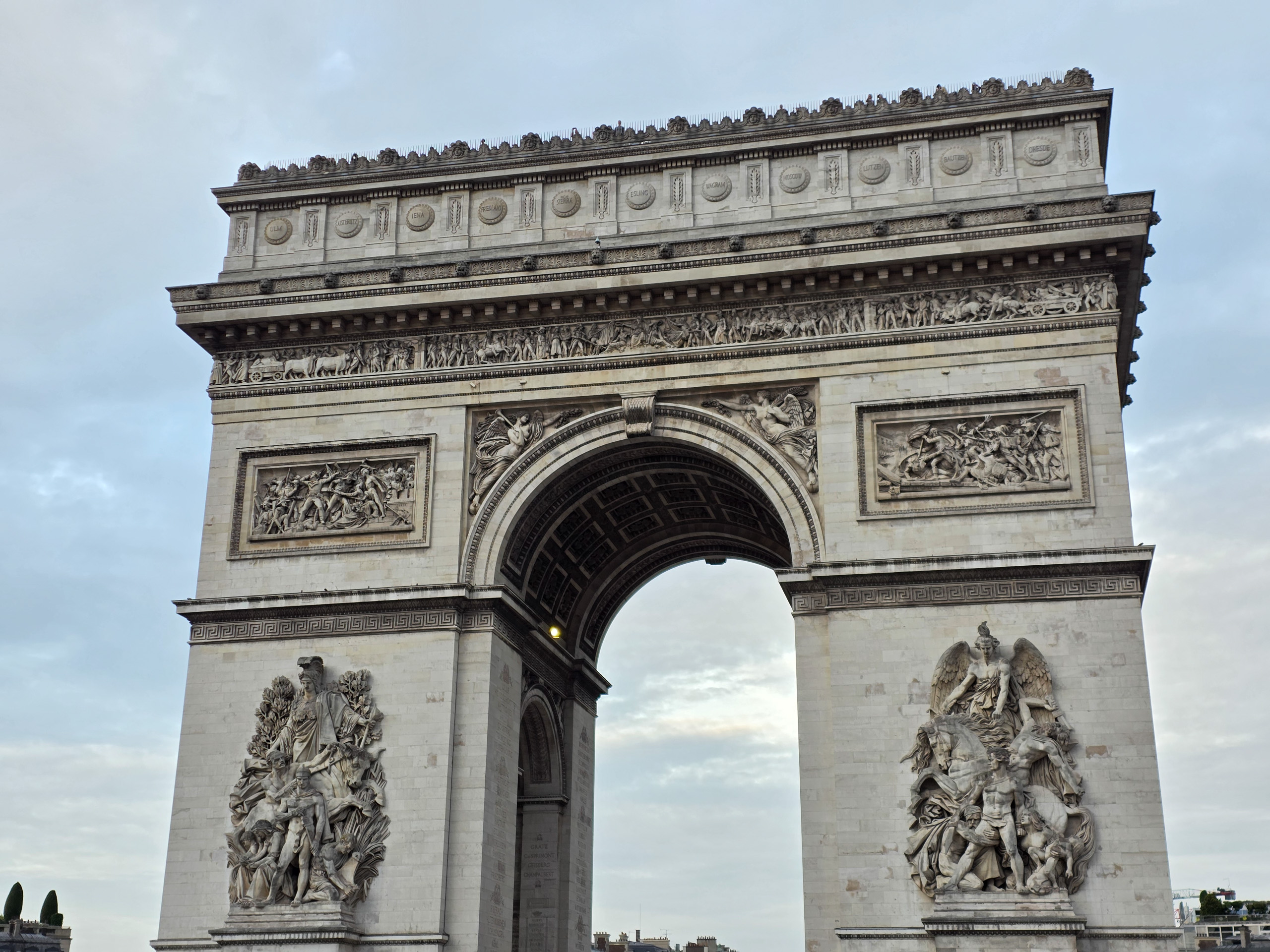

The lack of a dedicated telephoto lens means that you won’t want to zoom beyond the 2x crop, especially in low-light conditions. There’s a noticeable decline in the quality at each focal length, and while 10x images can still be somewhat usable, they are often soft and noisy.
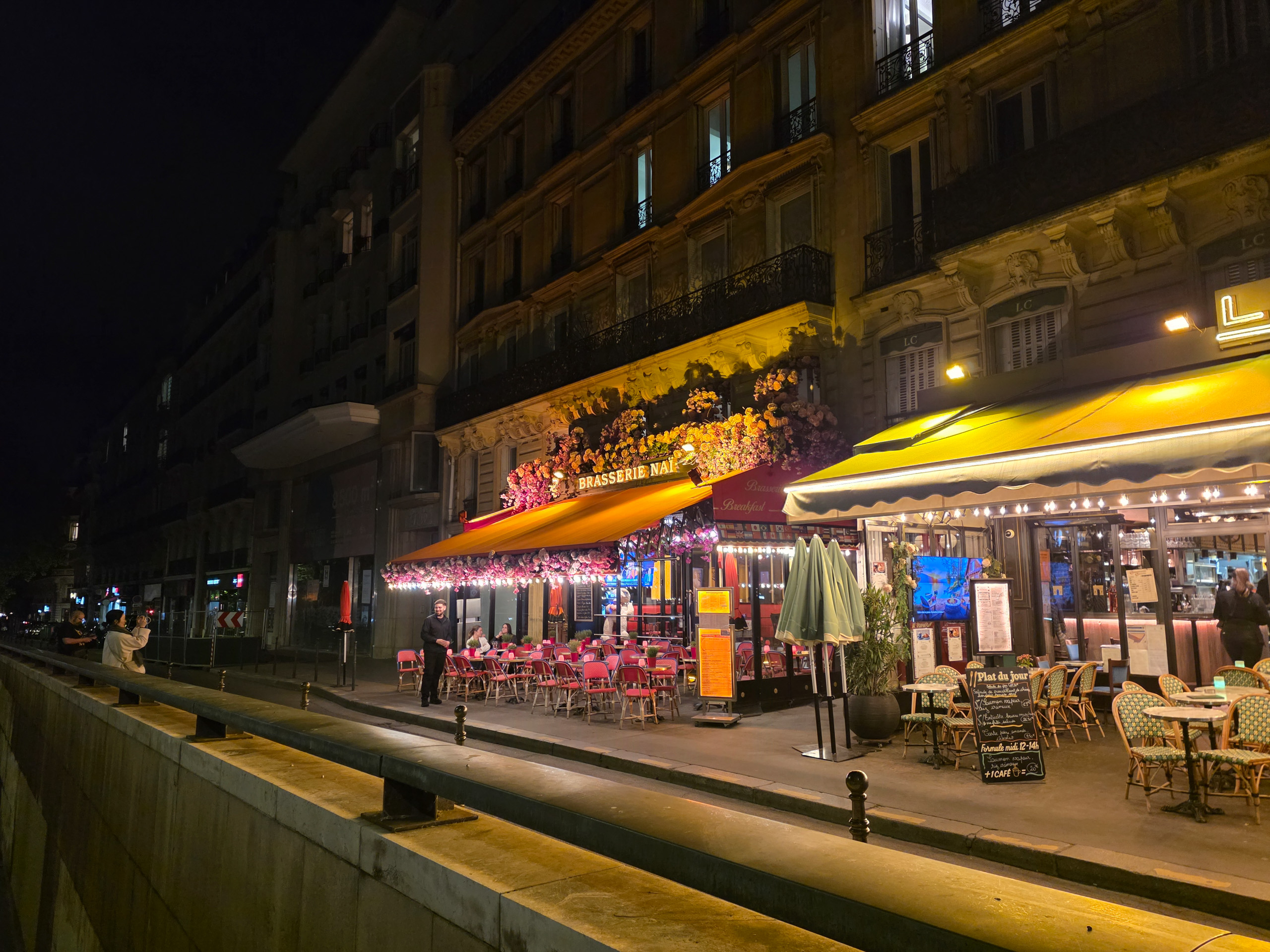
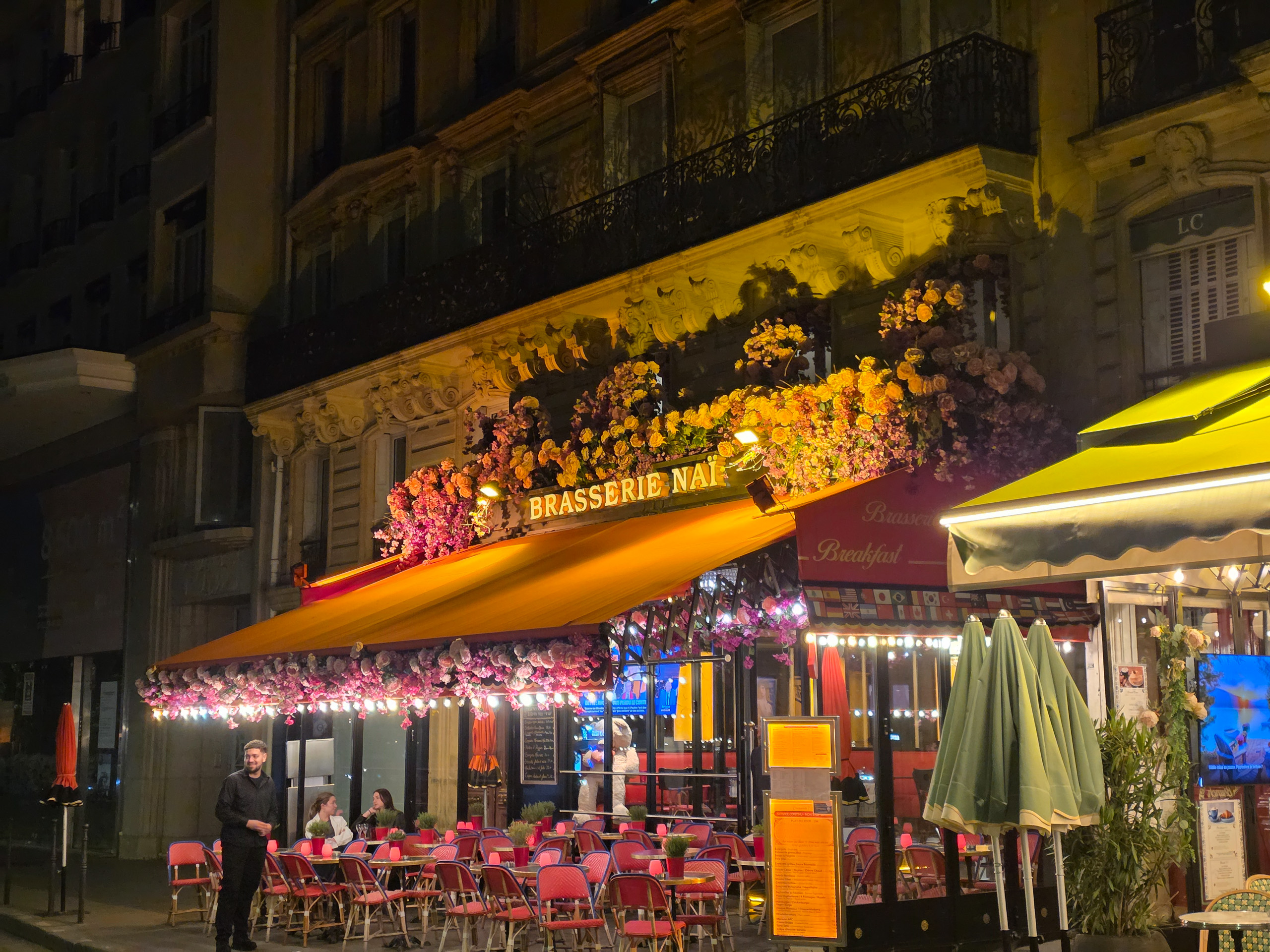

Samsung Galaxy S25 Edge camera: Portraits
Like every Samsung phone, the Galaxy S25 Edge features a strong portrait mode, and my favorite portrait mode feature on any phone is Color Point. This is designed to keep the subject in color while ensuring the background is grayscale, which can result in incredible photos even at 2x zoom.
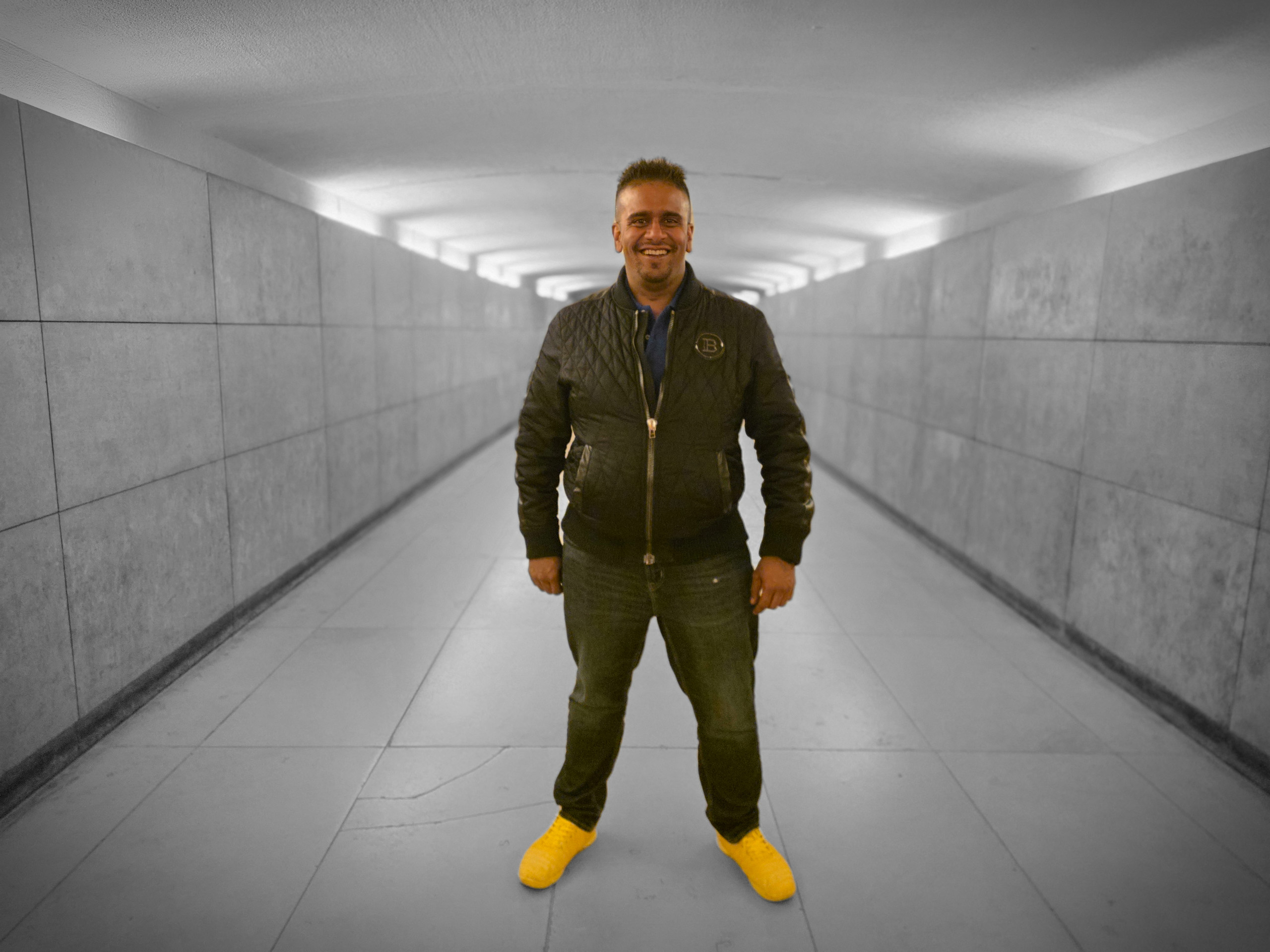
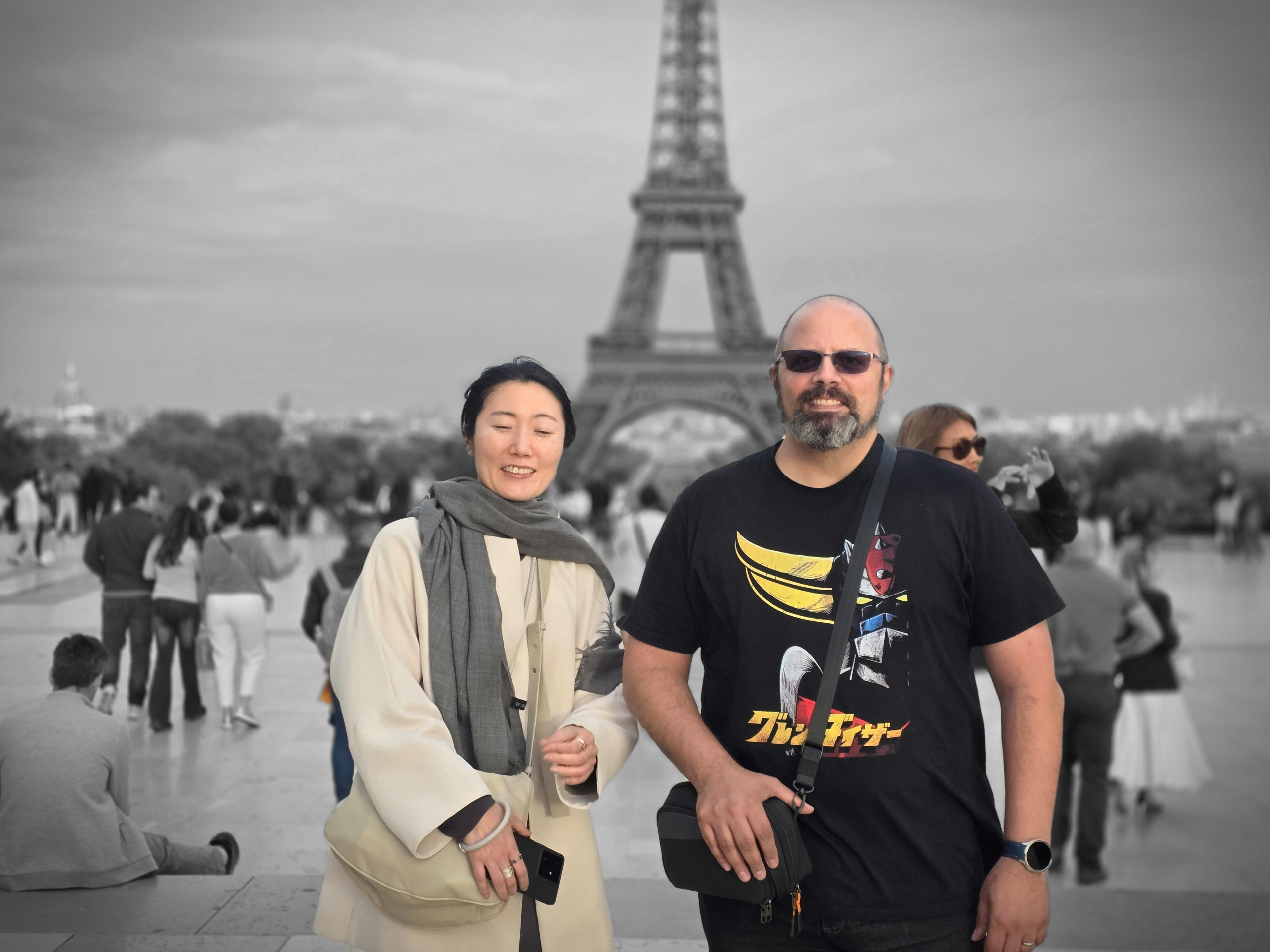
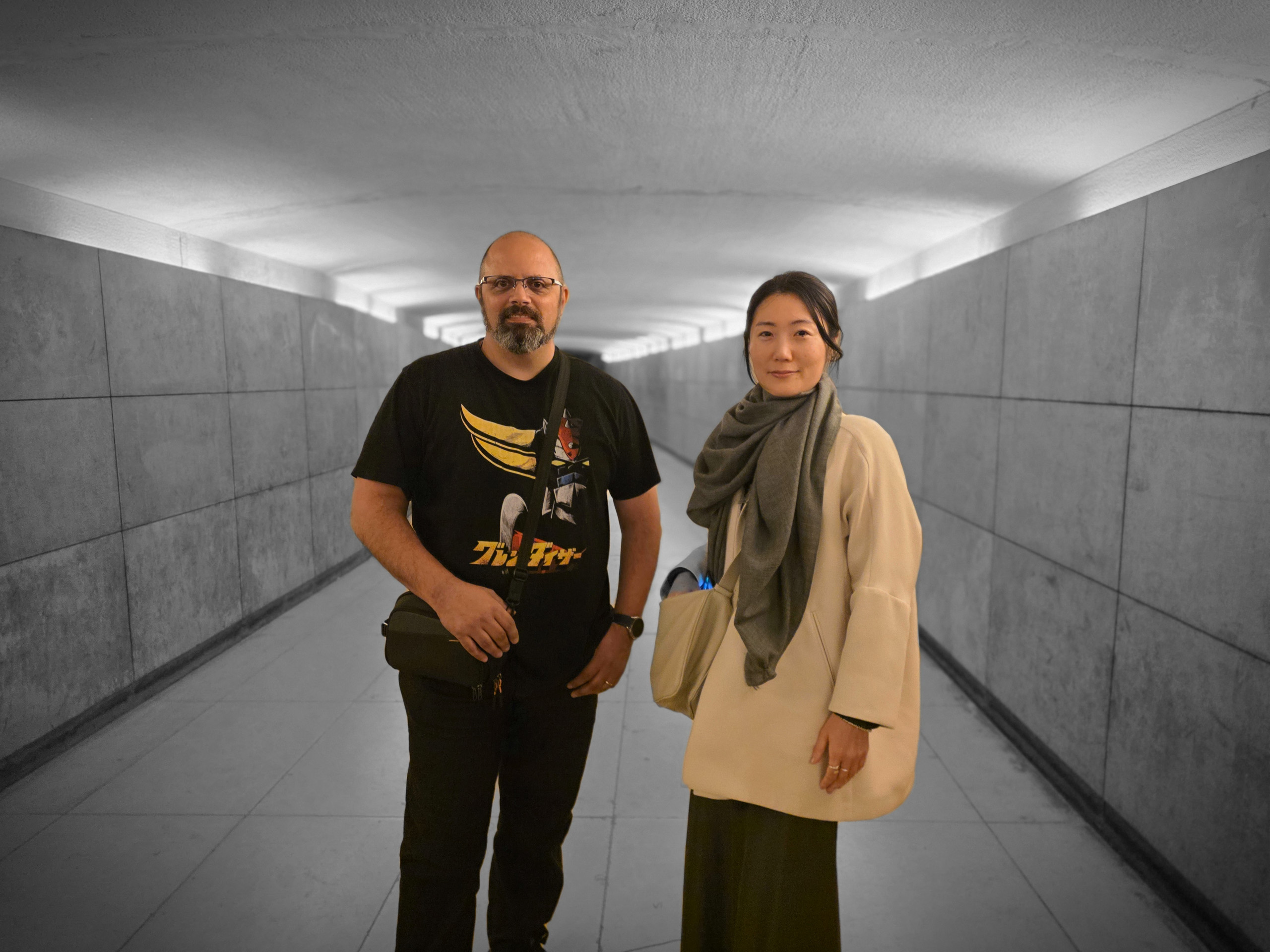


The Samsung Portrait mode features more than just Color Point, as you can also choose from a variety of options, including blur, a color backdrop, and various lighting effects. Like every Samsung phone over the past few years, you can also adjust the effect before and after taking a photo.
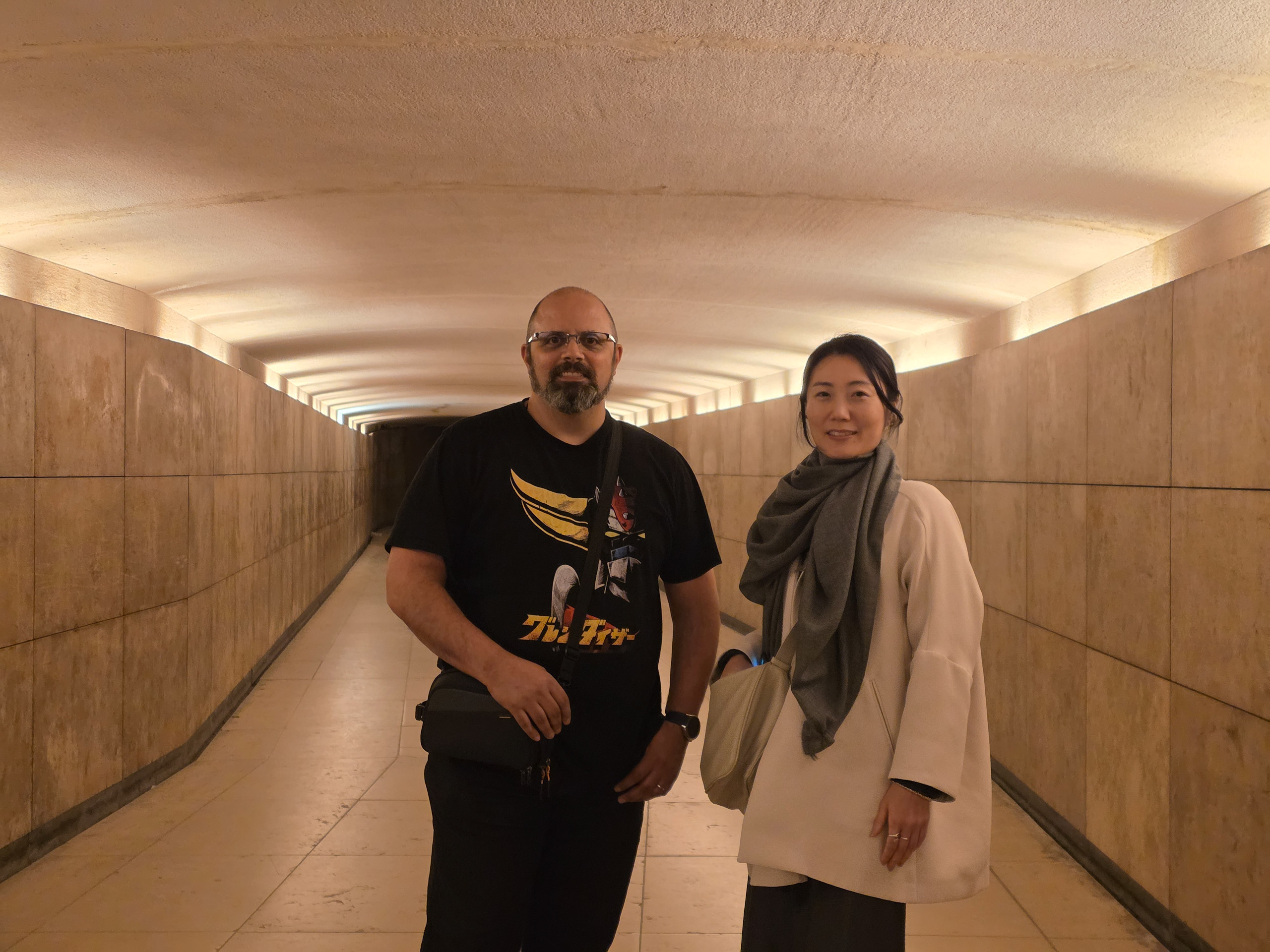
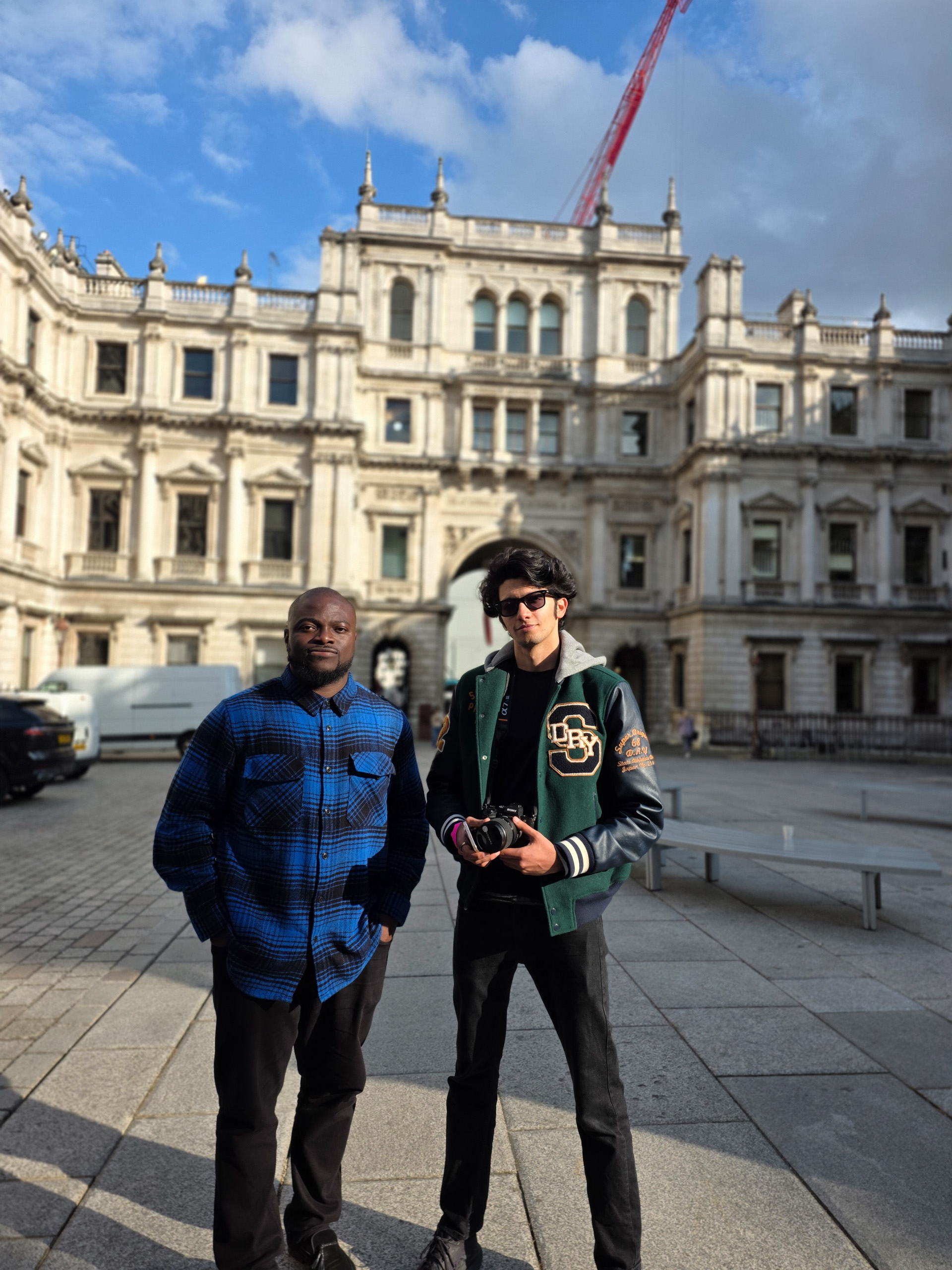
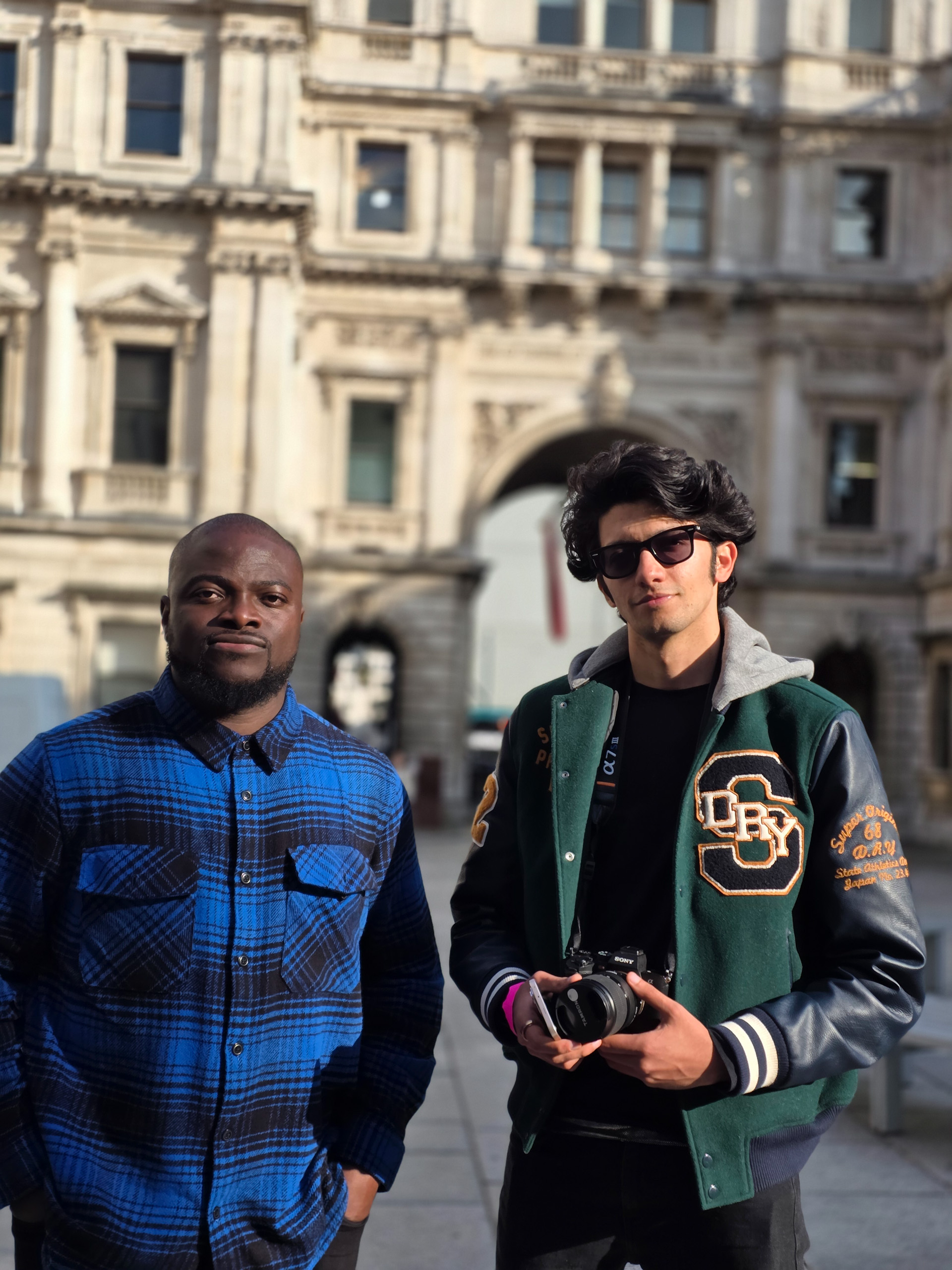


The portrait mode is limited to just 2x, which can be challenging for taking portrait photos and framing large buildings; however, it’s a very capable portrait mode otherwise. The quality is good enough that one of the color point photos is becoming my social media avatar.
Samsung Galaxy S25 Edge camera: Ultrawide and selfies
There is a lot of familiarity with the Galaxy S25 Edge camera, as it shares the same software and many of the same hardware features as the Galaxy S25 Plus.


The 12MP ultrawide camera is the same one used on the Galaxy S25 Plus, and it is fairly capable; however, it has a more limited dynamic range than the primary camera. Notably, it features autofocus, which is absent on the Galaxy S25 Plus. The 120° field of view is slightly narrower than the competition, but overall, it’s the same experience we’re accustomed to seeing from Samsung.
The same can be said about the 12MP selfie camera, which is the same module used on several generations of Samsung smartphones. For the most part, it produces excellent selfies with a wide dynamic range, rich detail, and natural colors and skin tones.
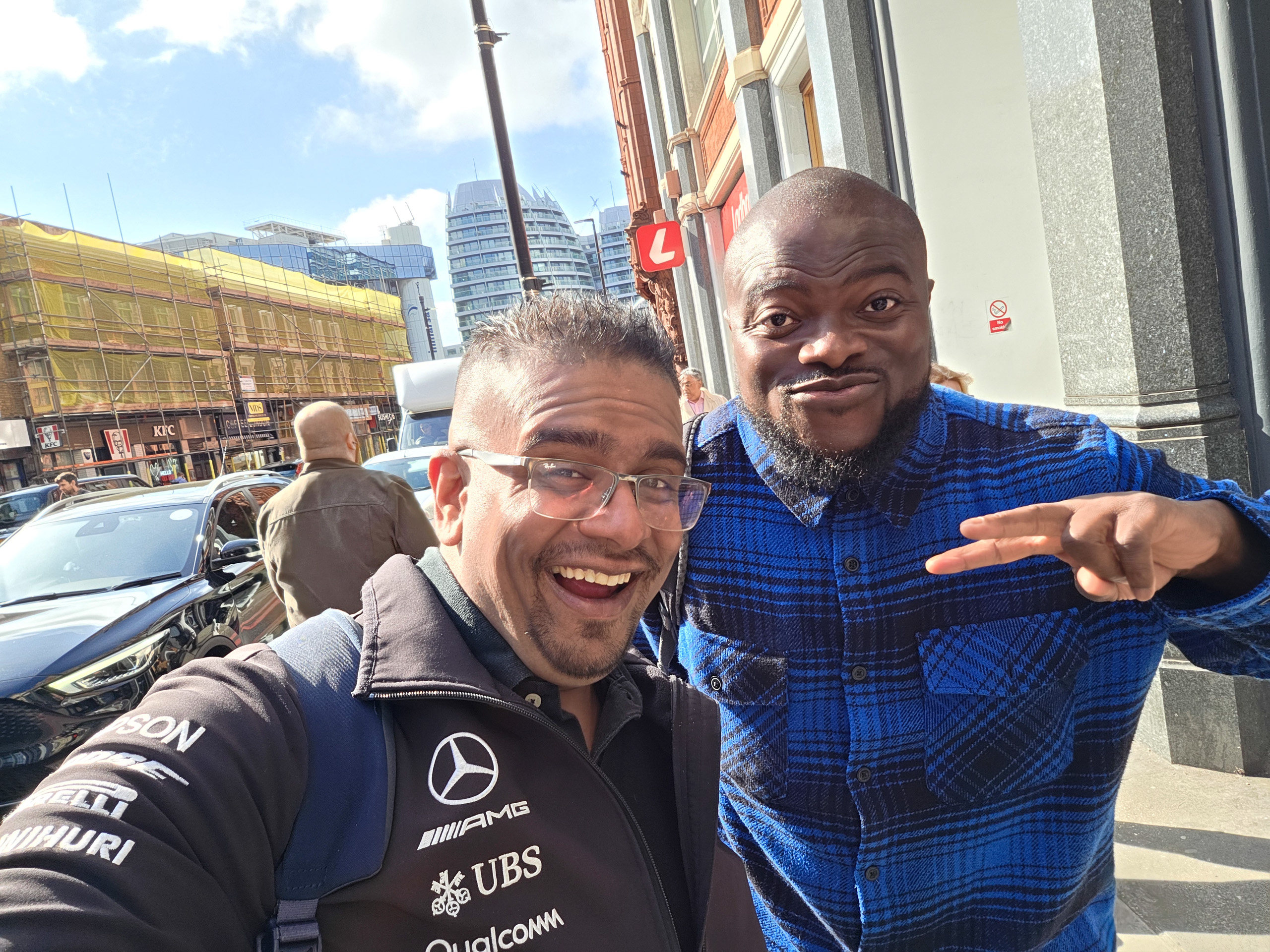



If you’ve used a recent Samsung smartphone, these two cameras will be fairly familiar. Neither is the absolute best, but they’re tried and tested, and they're good enough.
Samsung Galaxy S25 Edge camera: Verdict
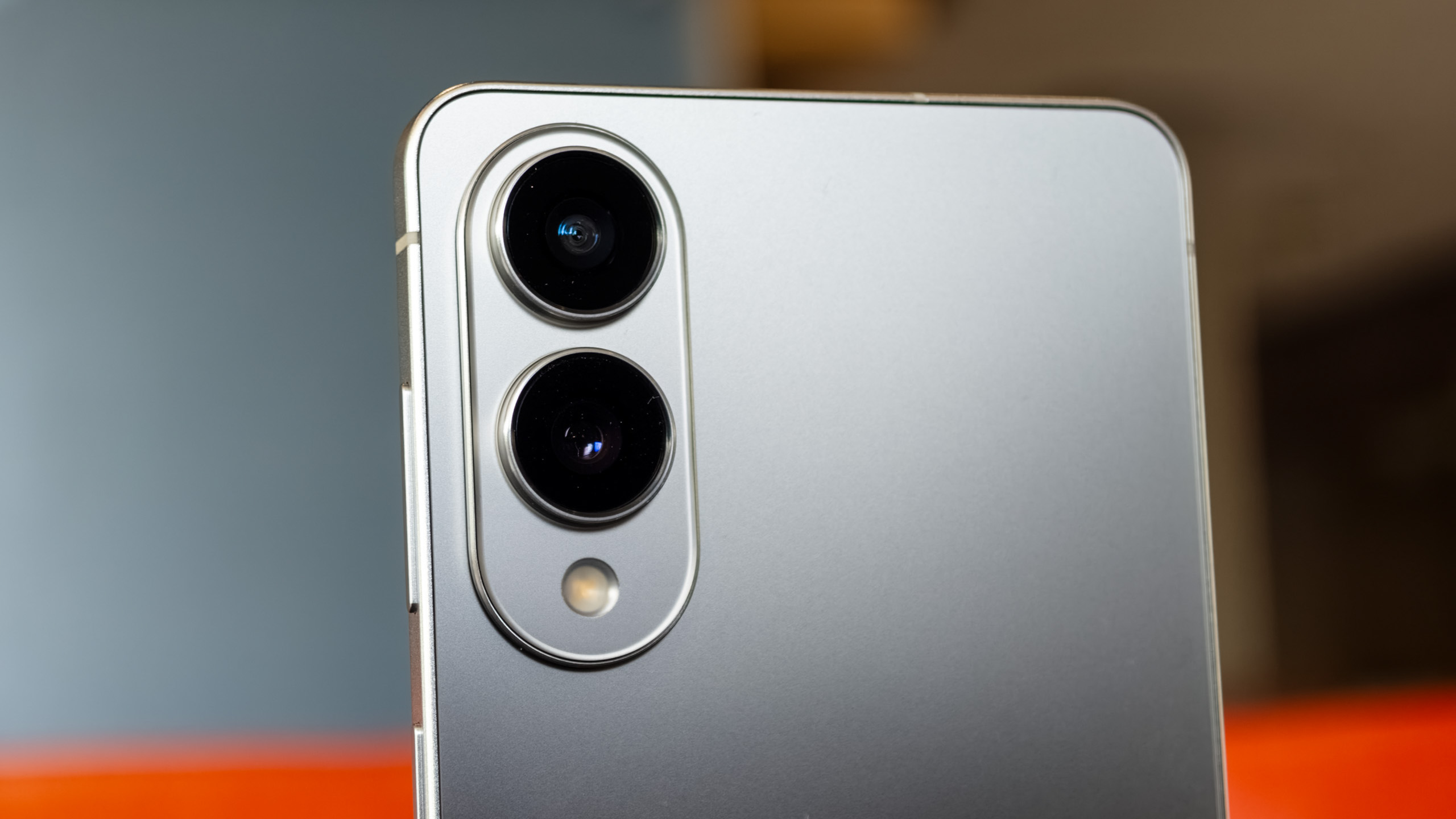
The limited physical space in the Galaxy S25 Edge necessitated some tradeoffs for Samsung. One of these is the same choice that faced Motorola with the Razr 2025 series: whether to use a telephoto or ultrawide secondary lens.
In future models, Samsung should opt for a wider primary lens and a telephoto secondary lens, as adding a 3x telephoto lens instead of the ultrawide would significantly transform the Galaxy S25 Edge camera for me.
The Galaxy S25 Edge camera is great in good lighting, but lets you down in low-light or when zooming.
Instead, the Galaxy S25 Edge camera may be a dealbreaker. For me, it’s a huge tradeoff, and since completing the review, I’ve found that I’m more inclined to use another camera, especially since I've most of the best camera phones to hand. There’s no smartphone quite like the Galaxy S25 Edge, but the camera will frustrate you.

Nirave is a veteran tech journalist and creator at House of Tech. He's reviewed over 1,000 phones and other consumer gadgets over the past 20 years. A heart attack at 33 inspired him to consider the Impact of Technology on our physical, mental, and emotional health. Say hi to him on Twitter or Threads
You must confirm your public display name before commenting
Please logout and then login again, you will then be prompted to enter your display name.
